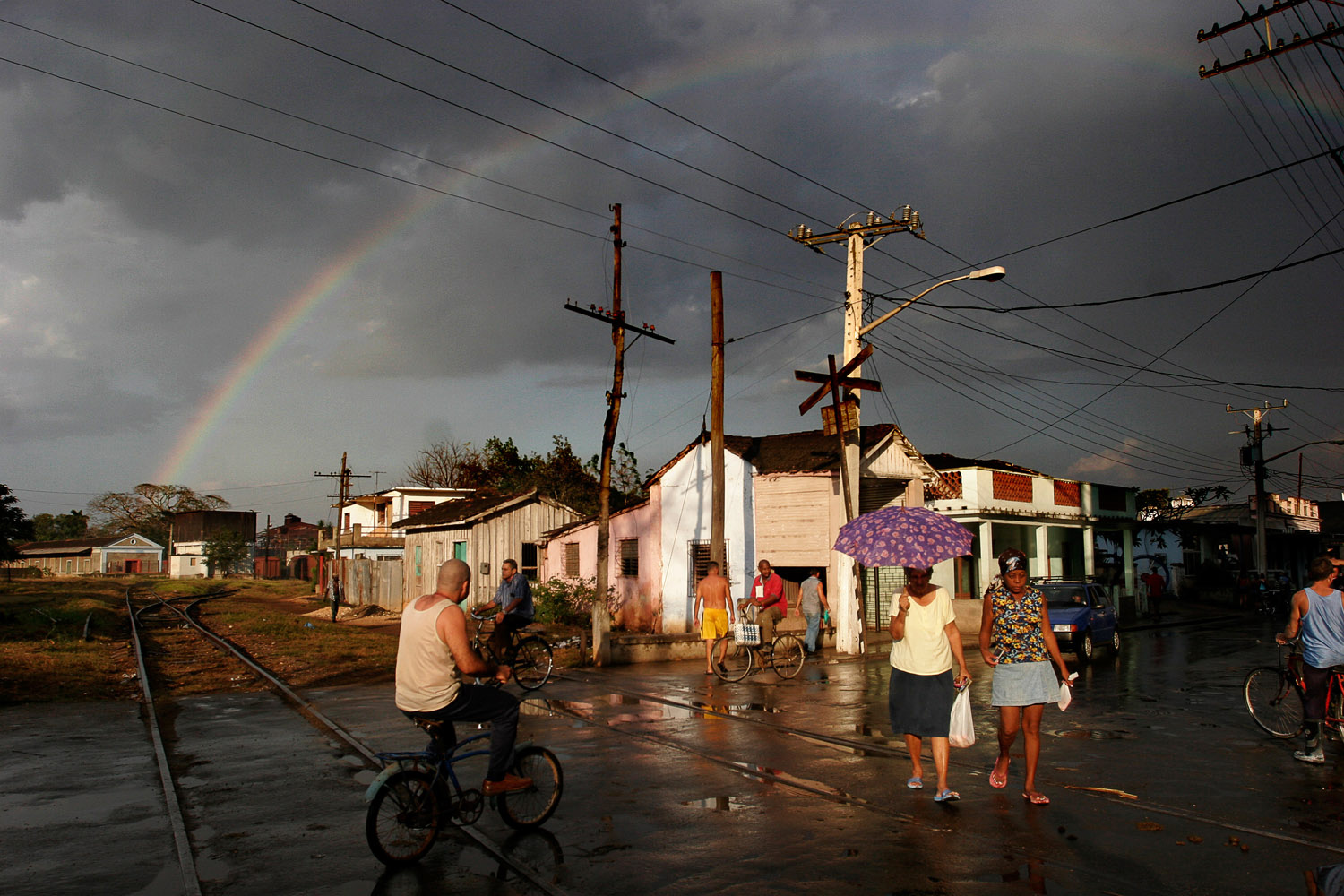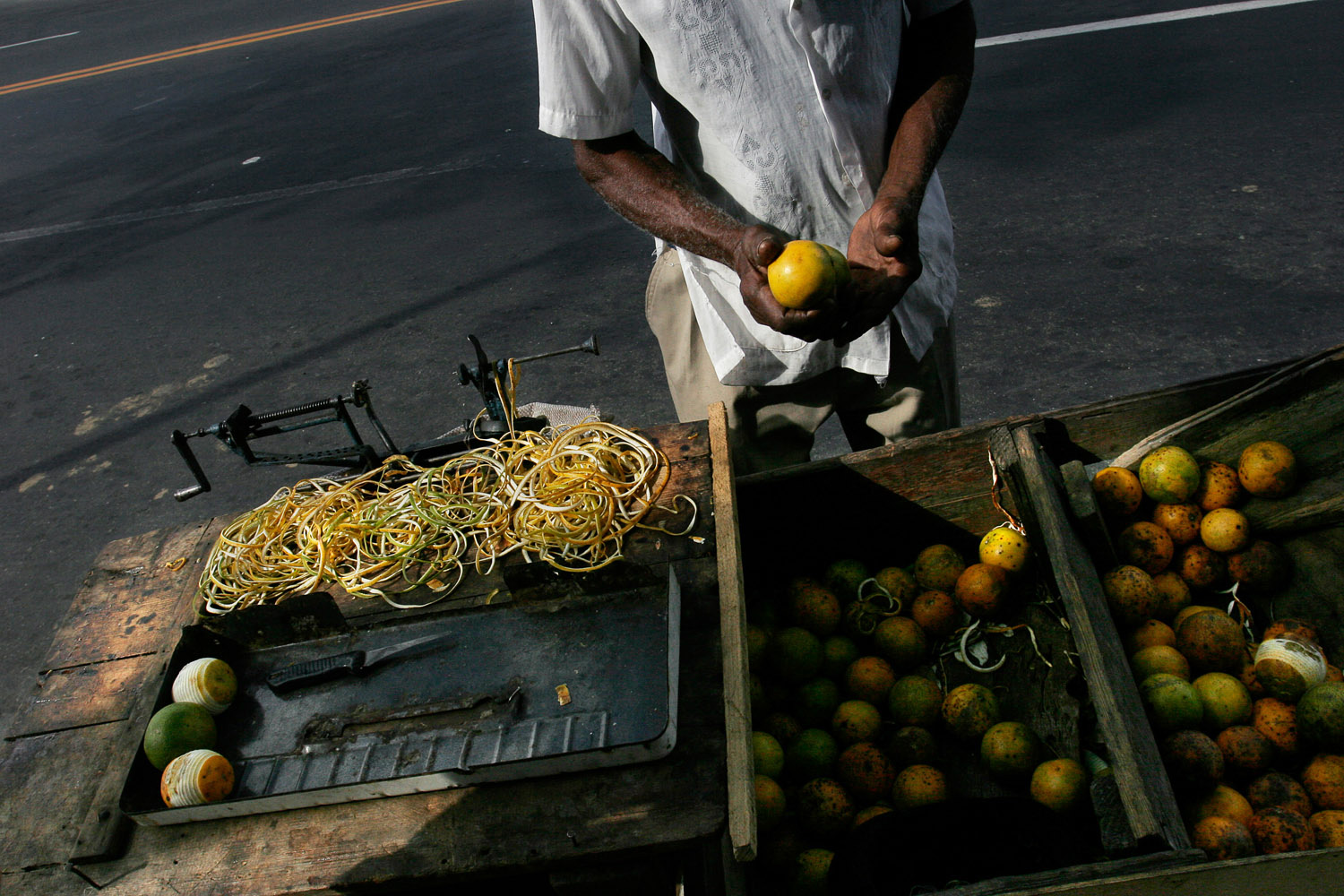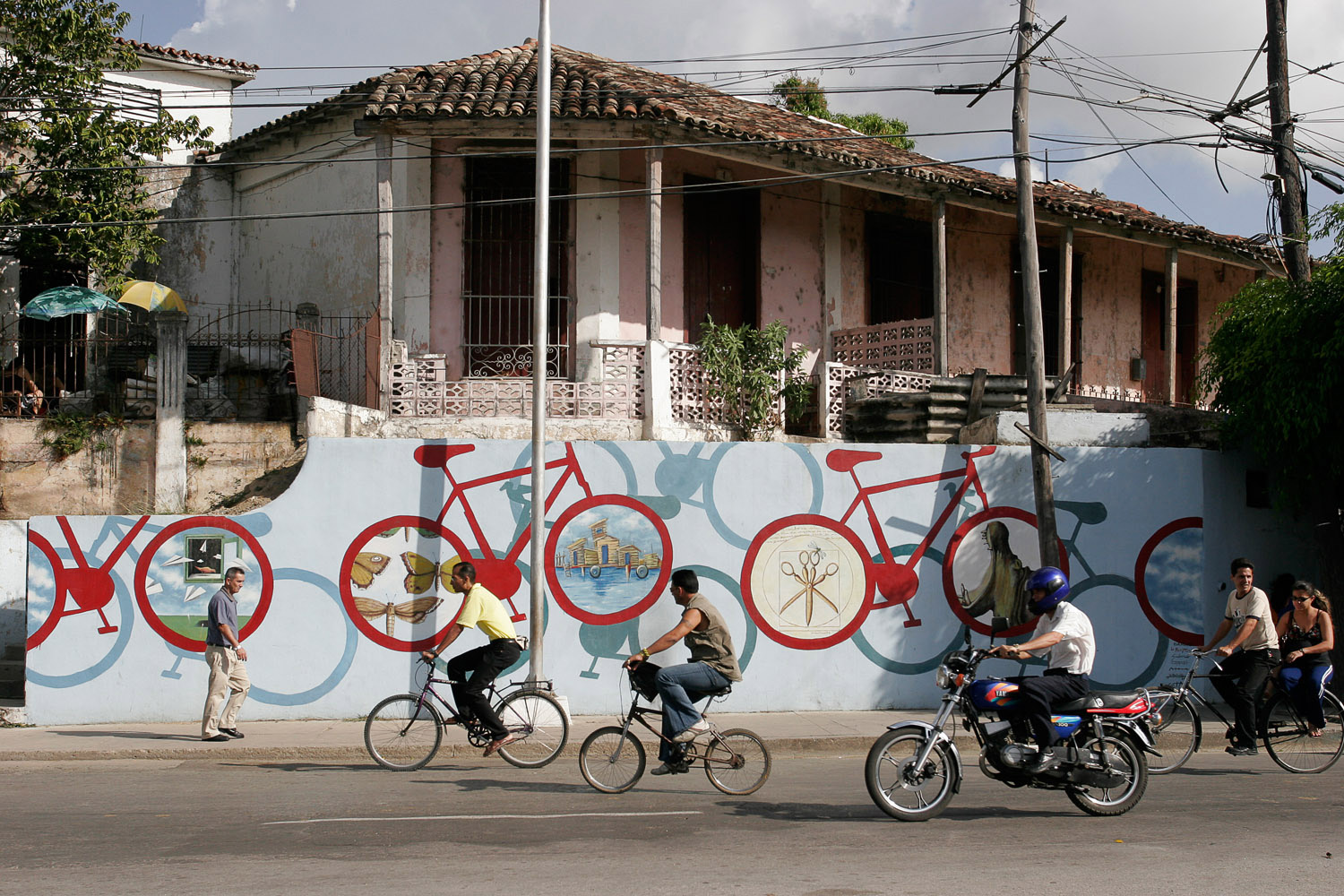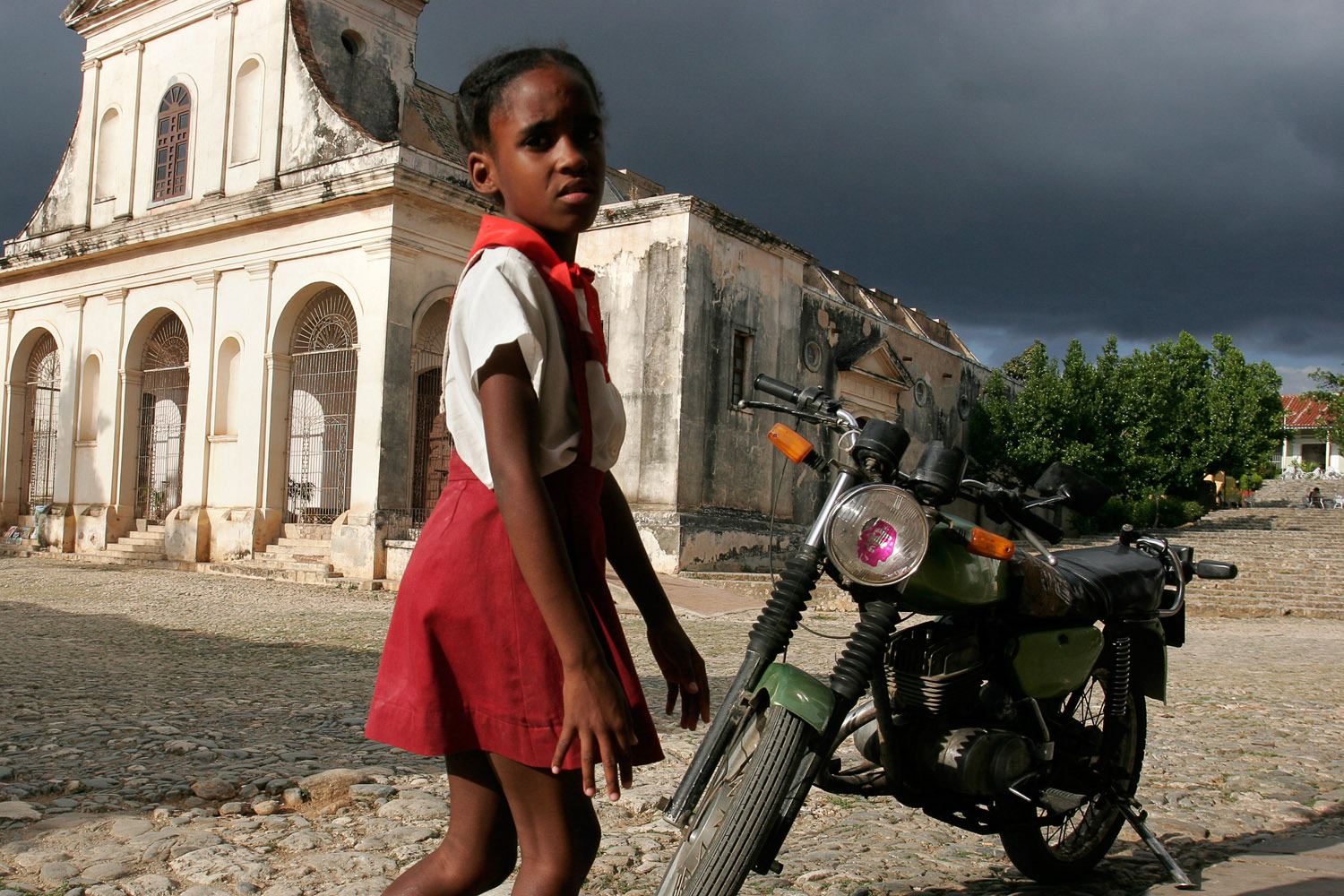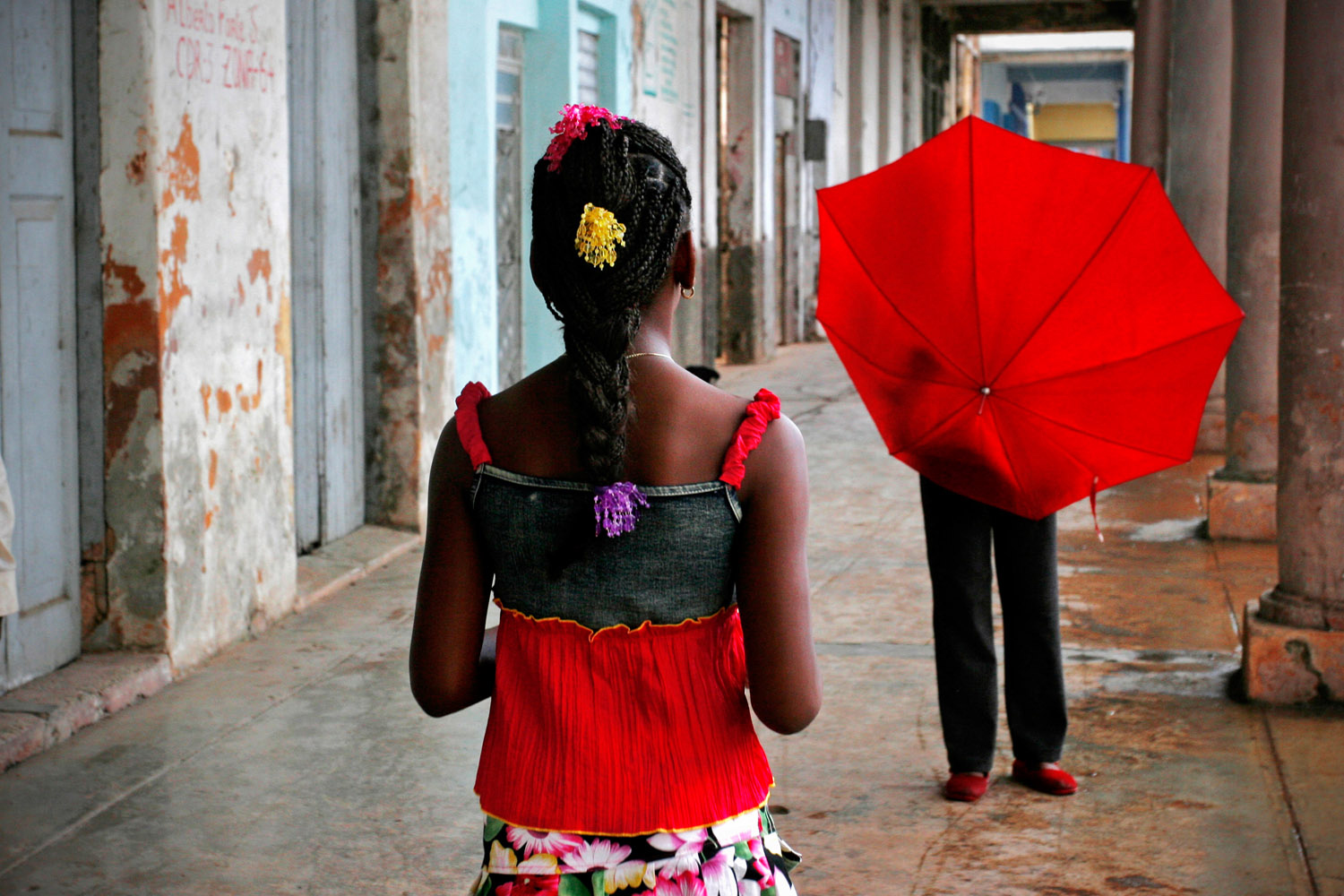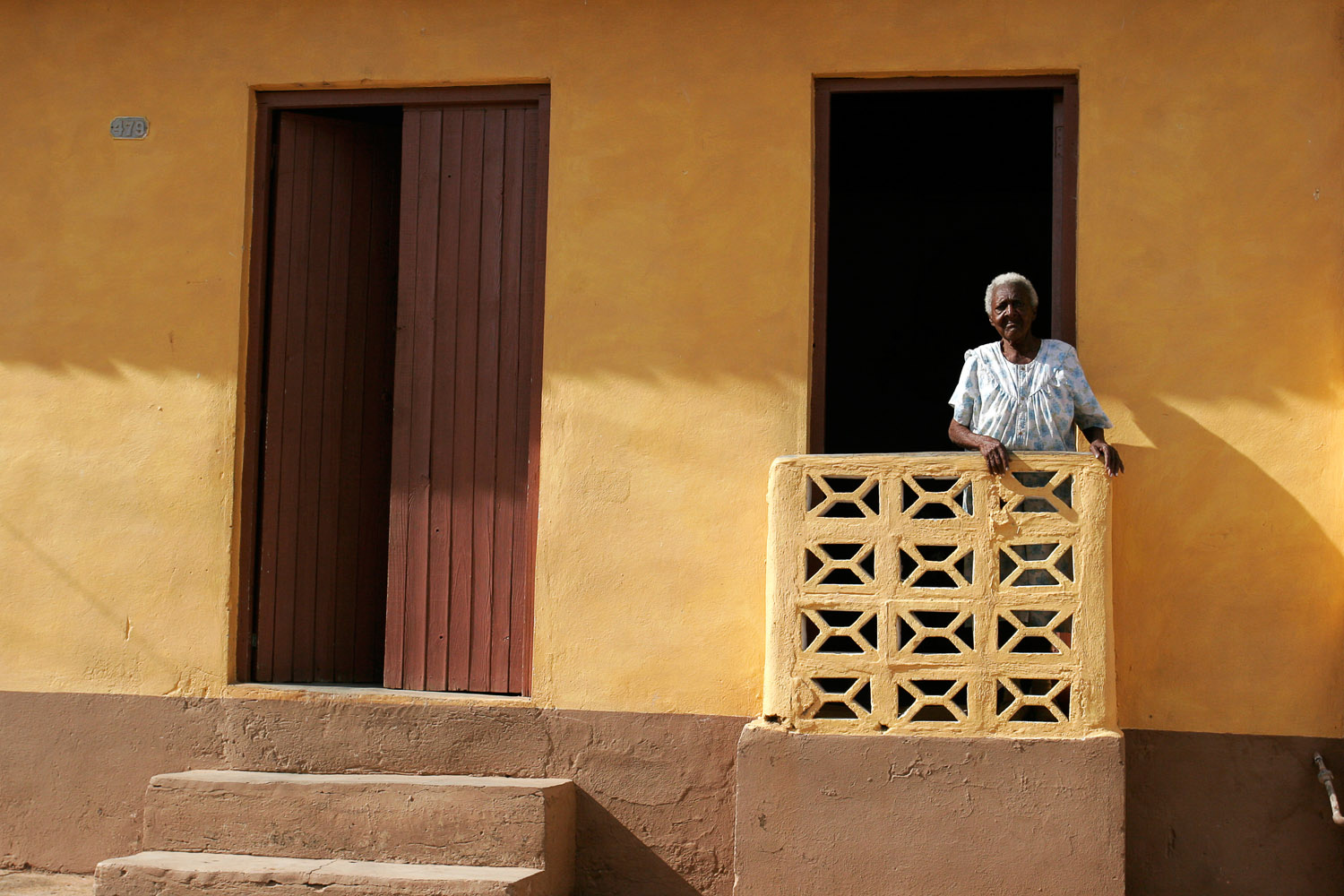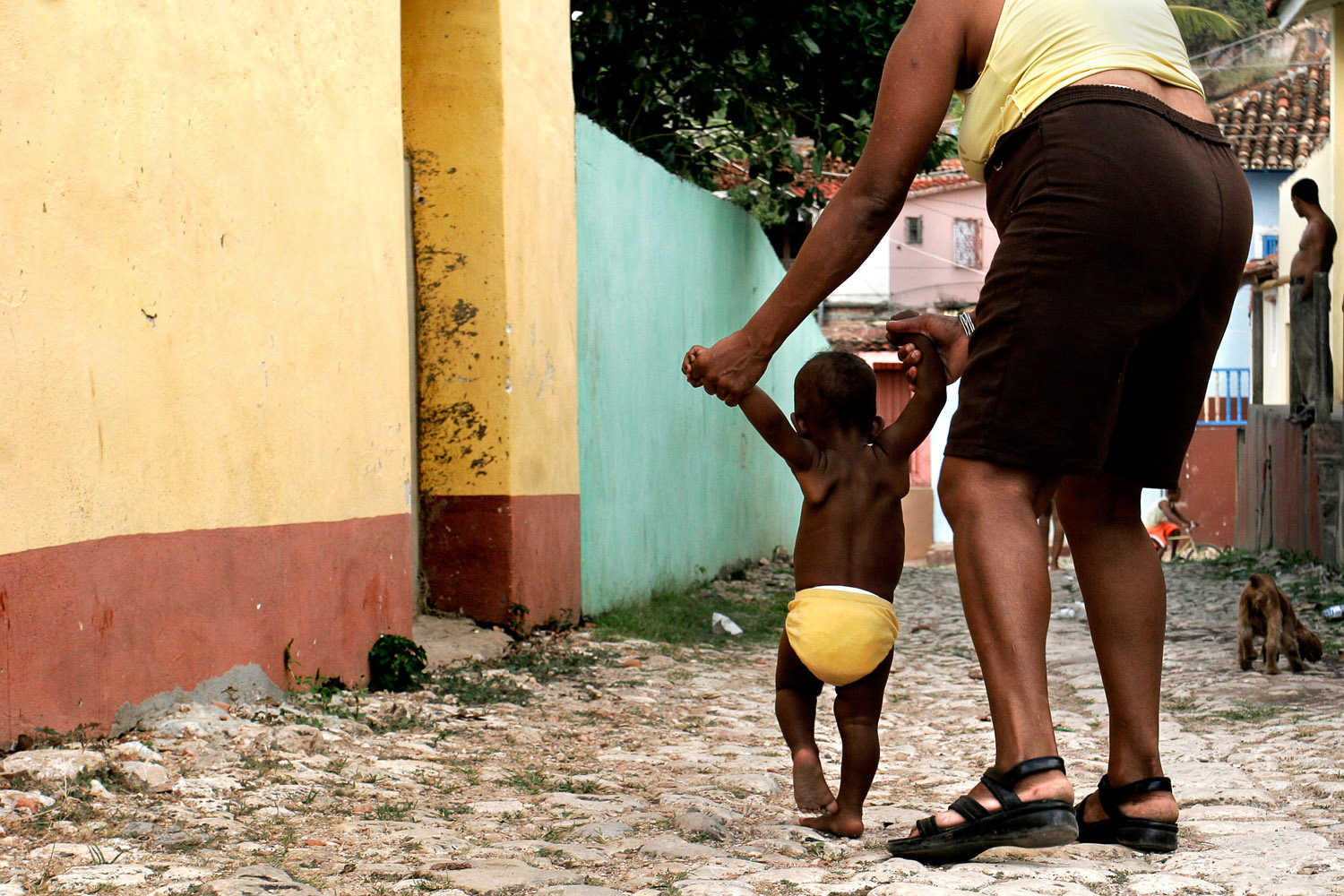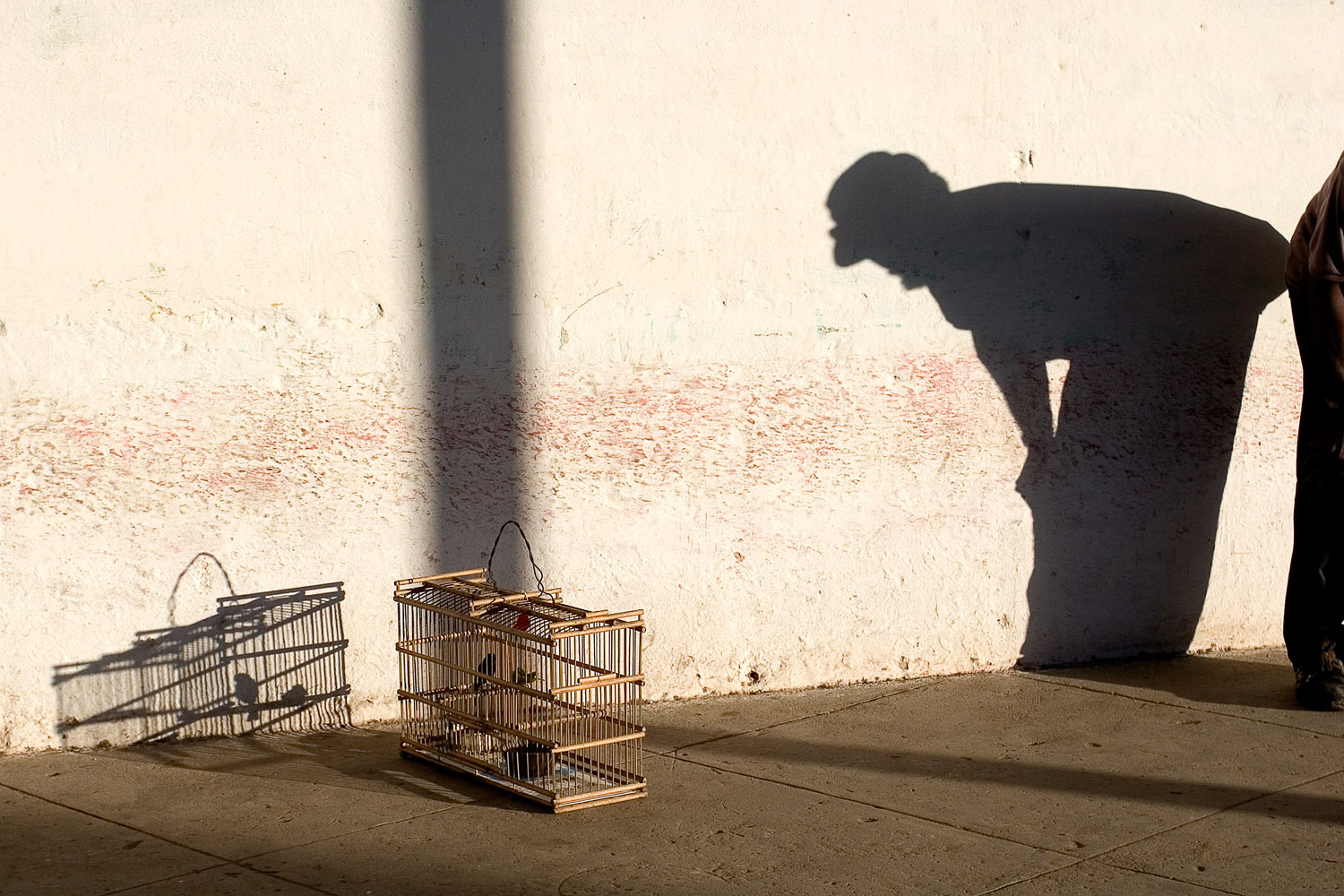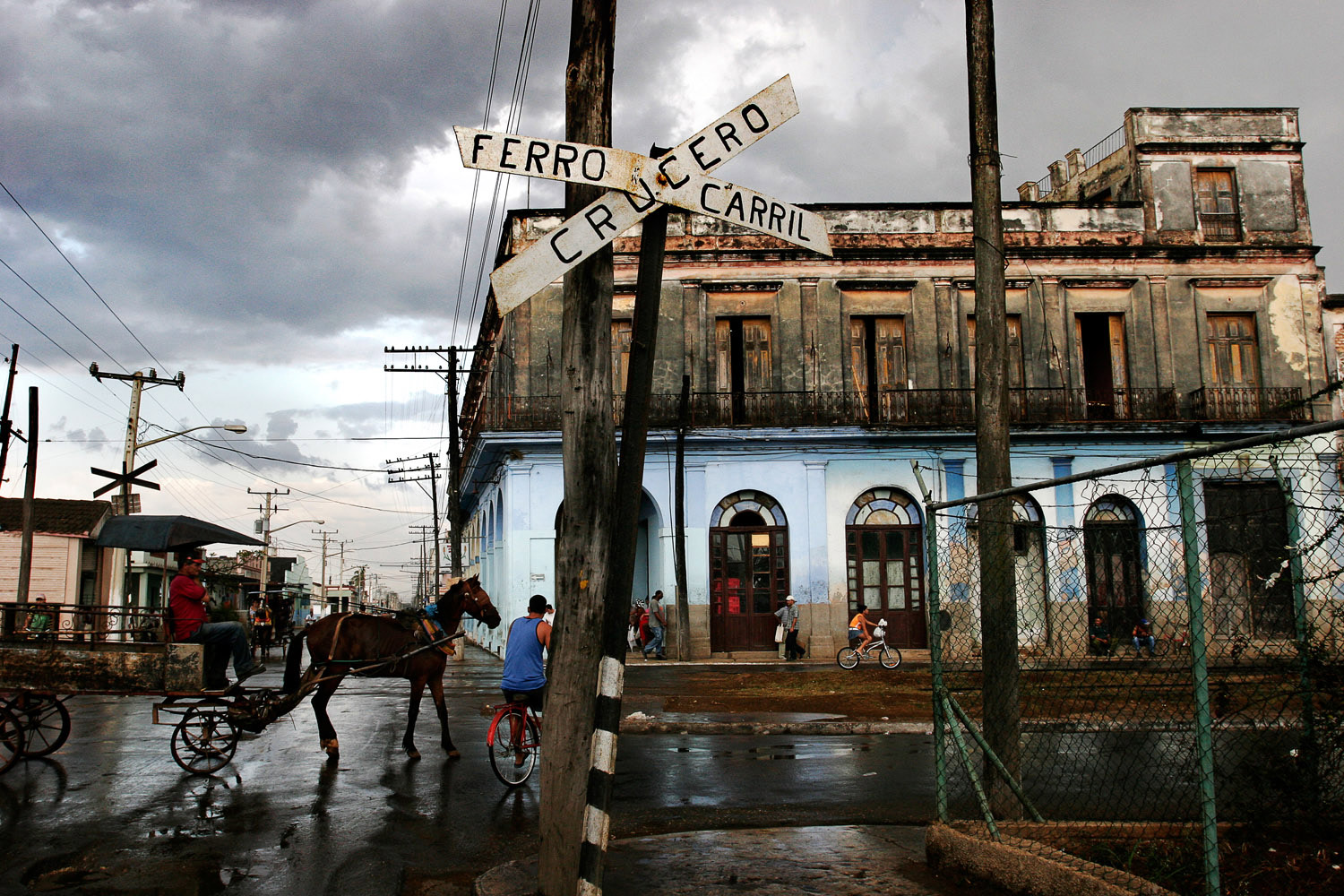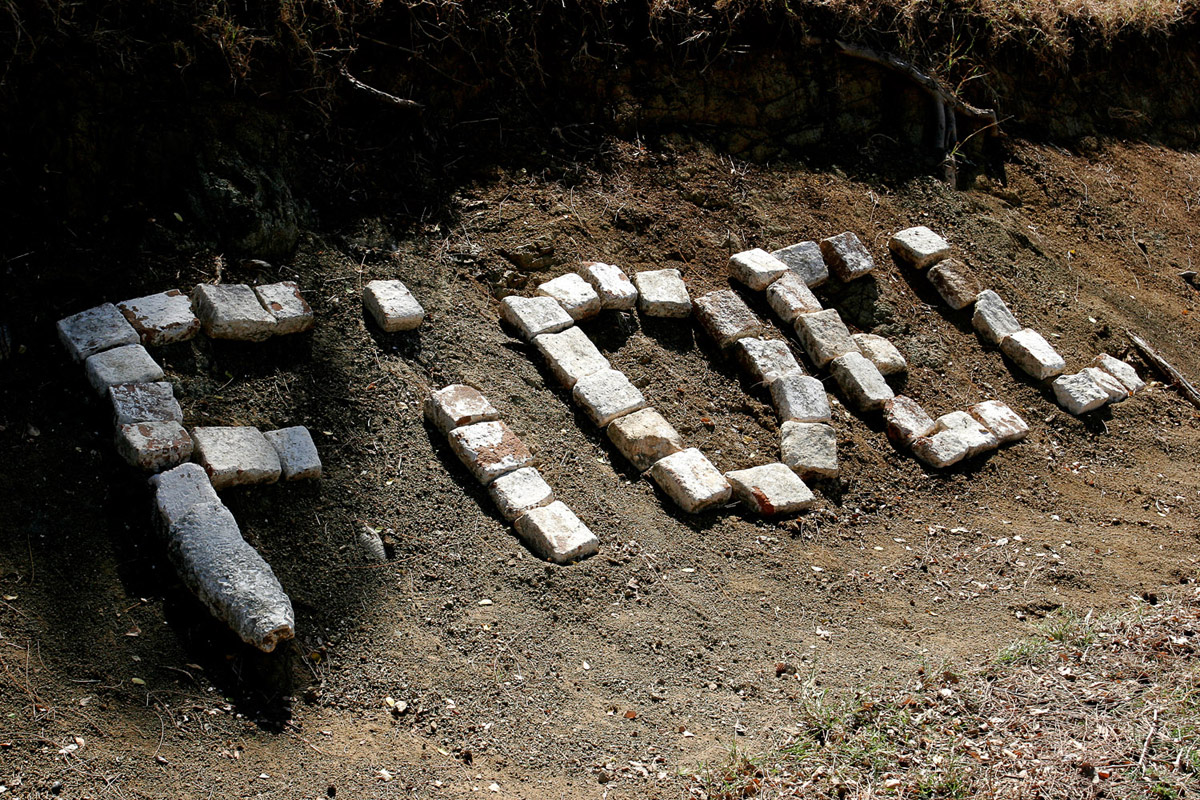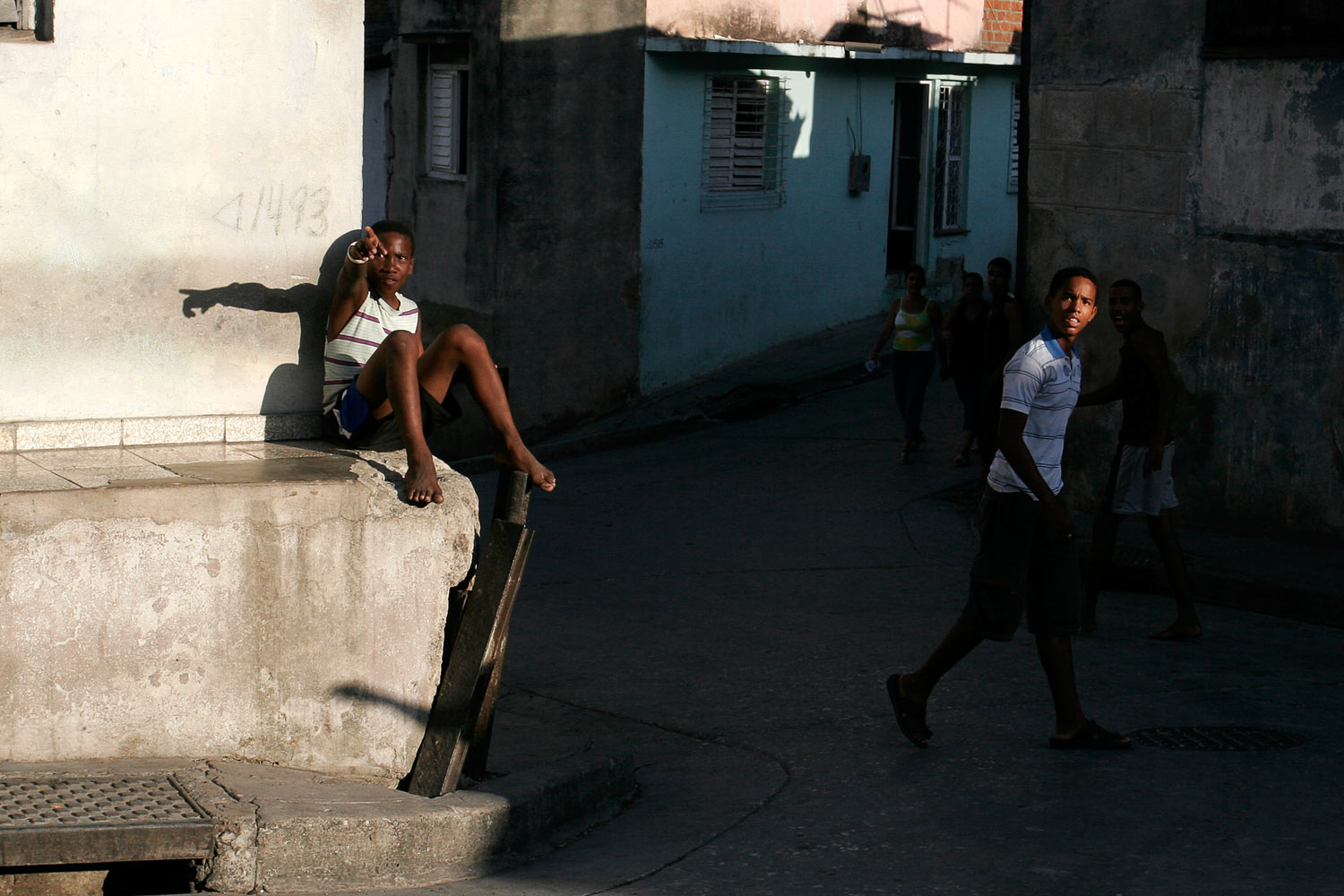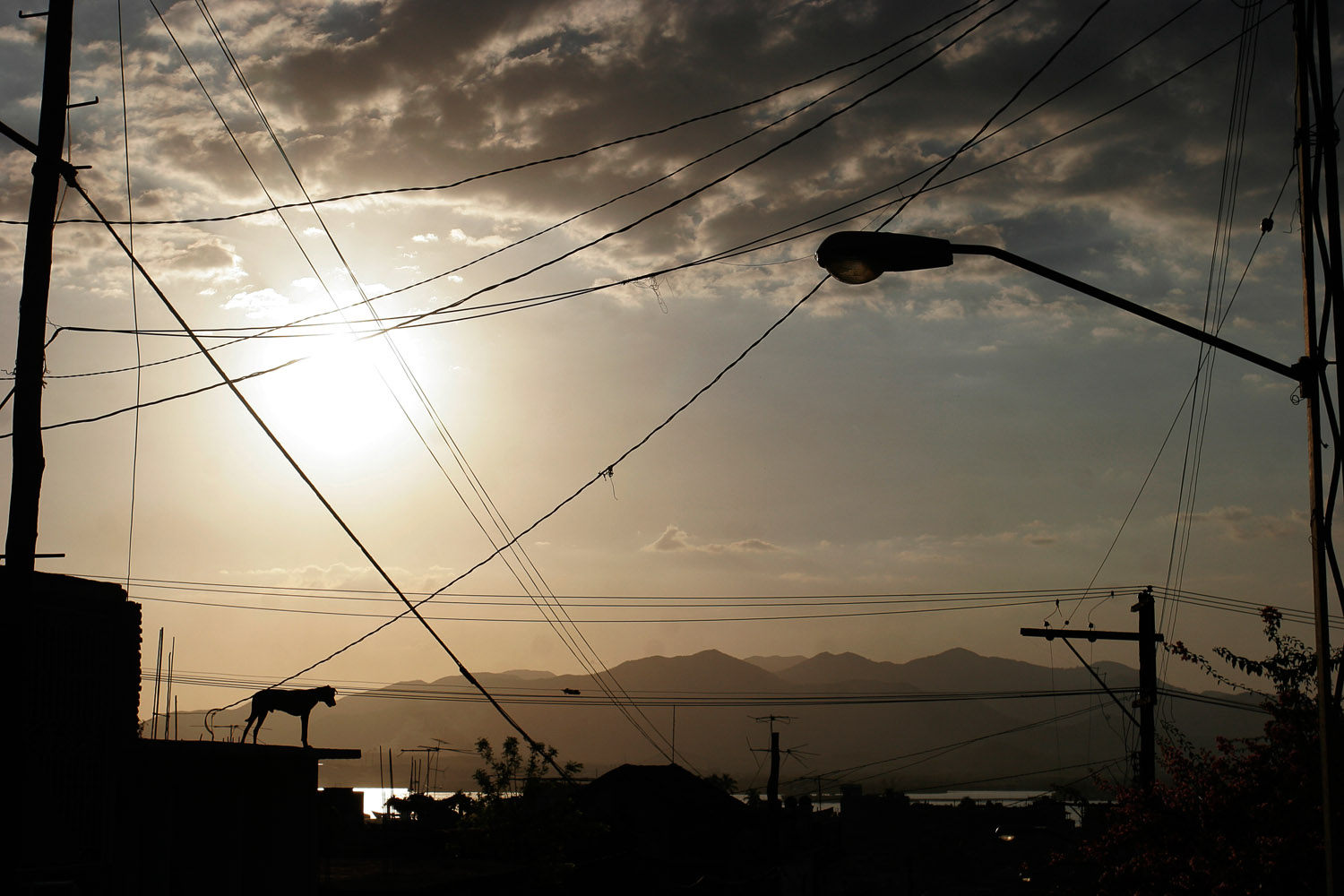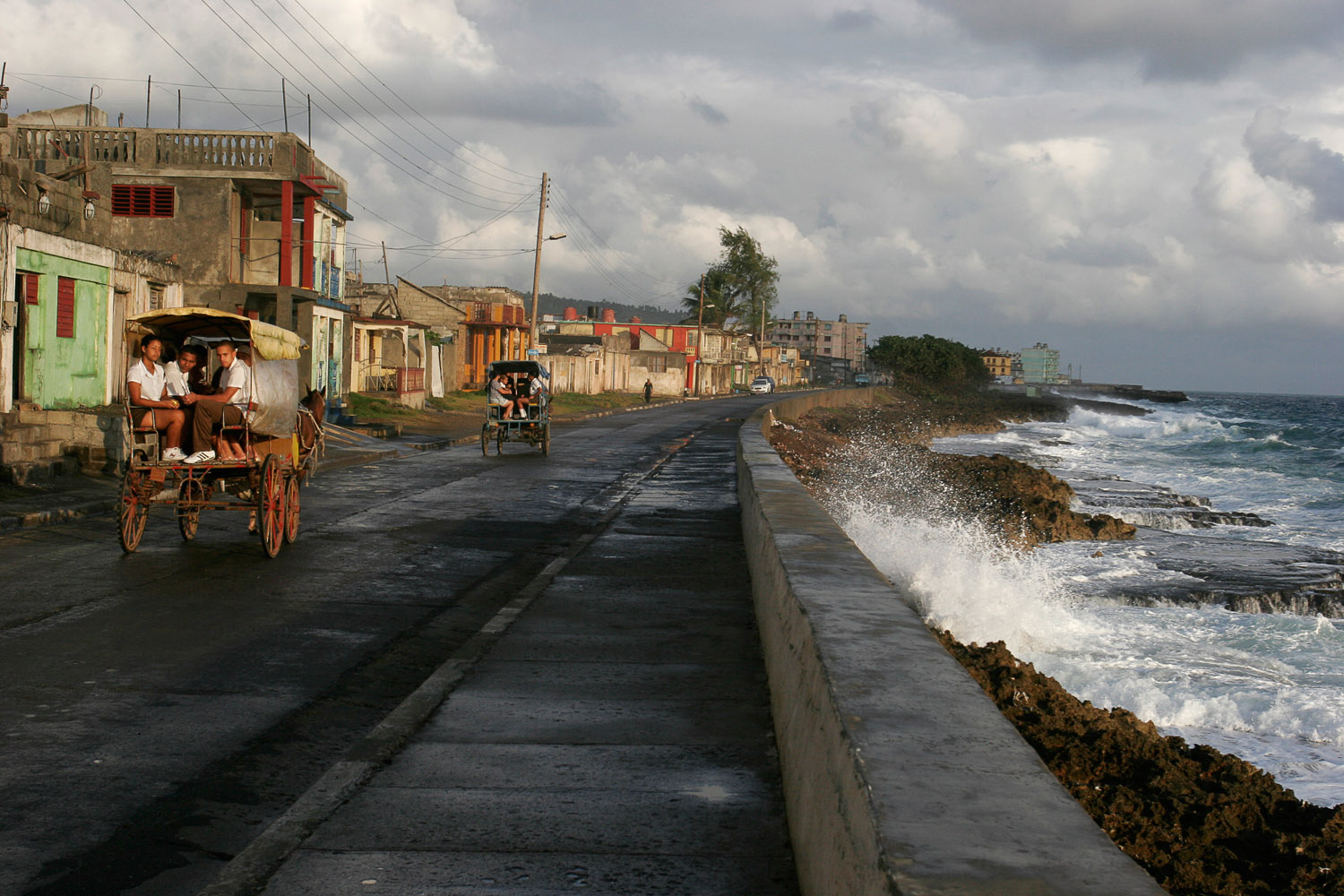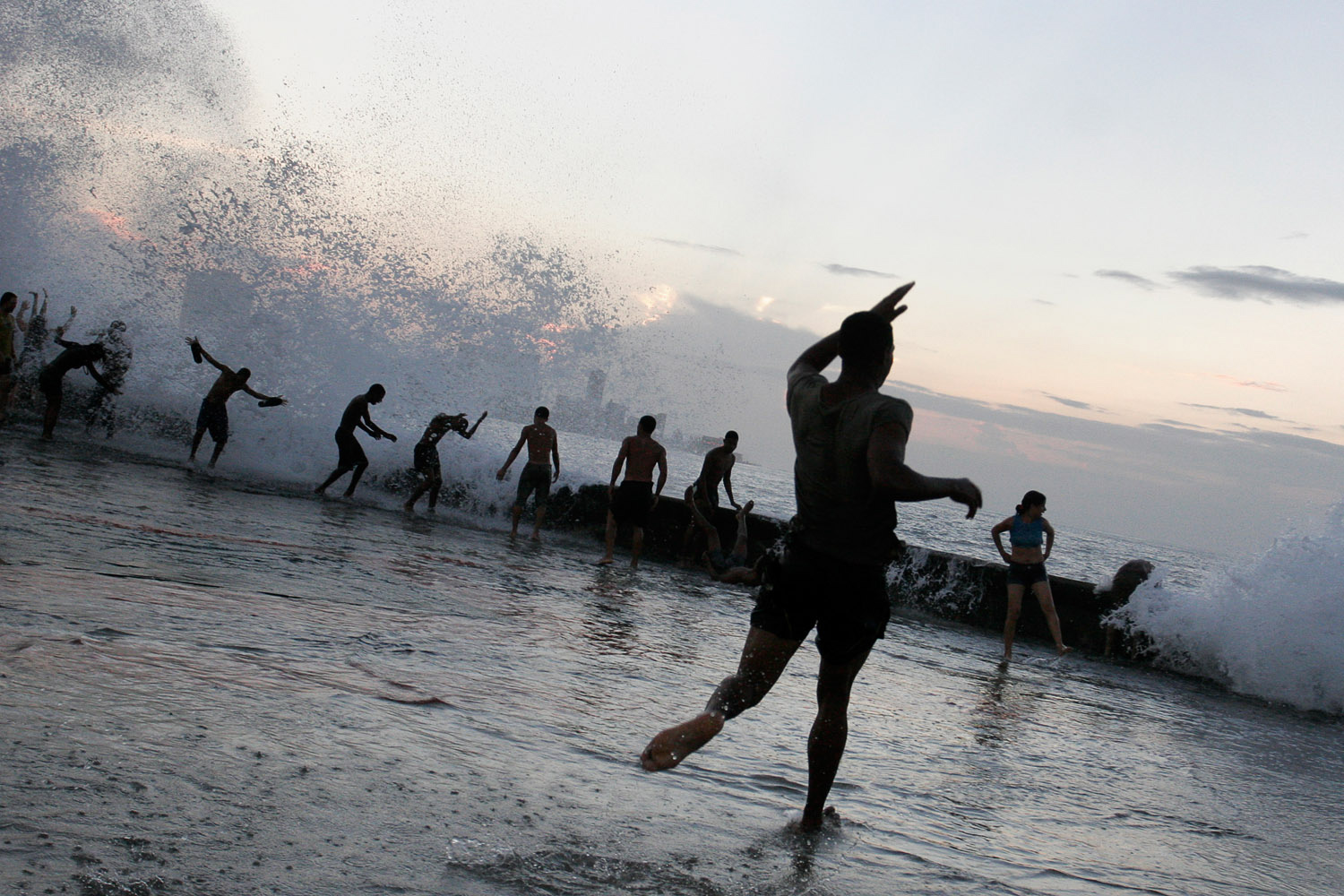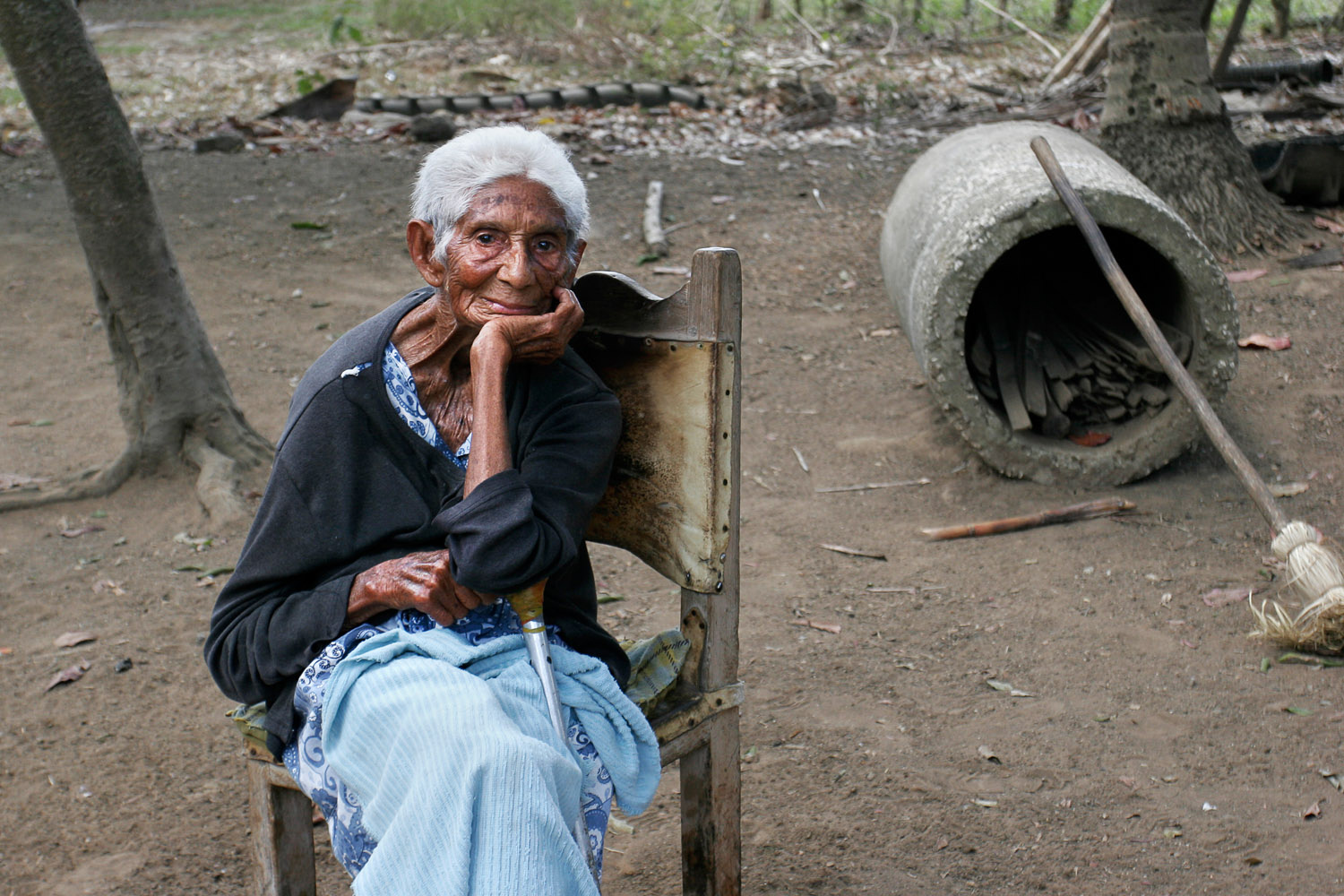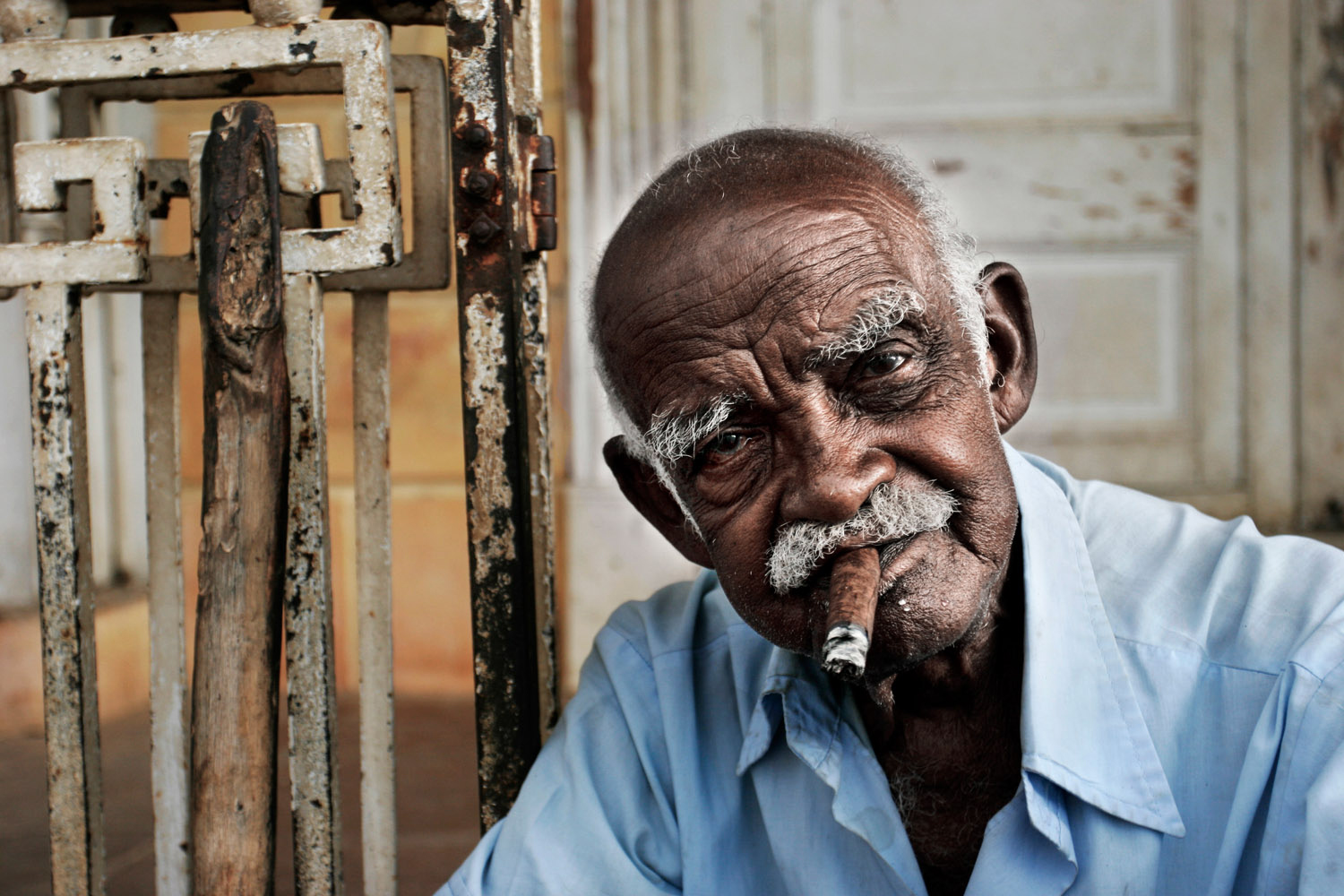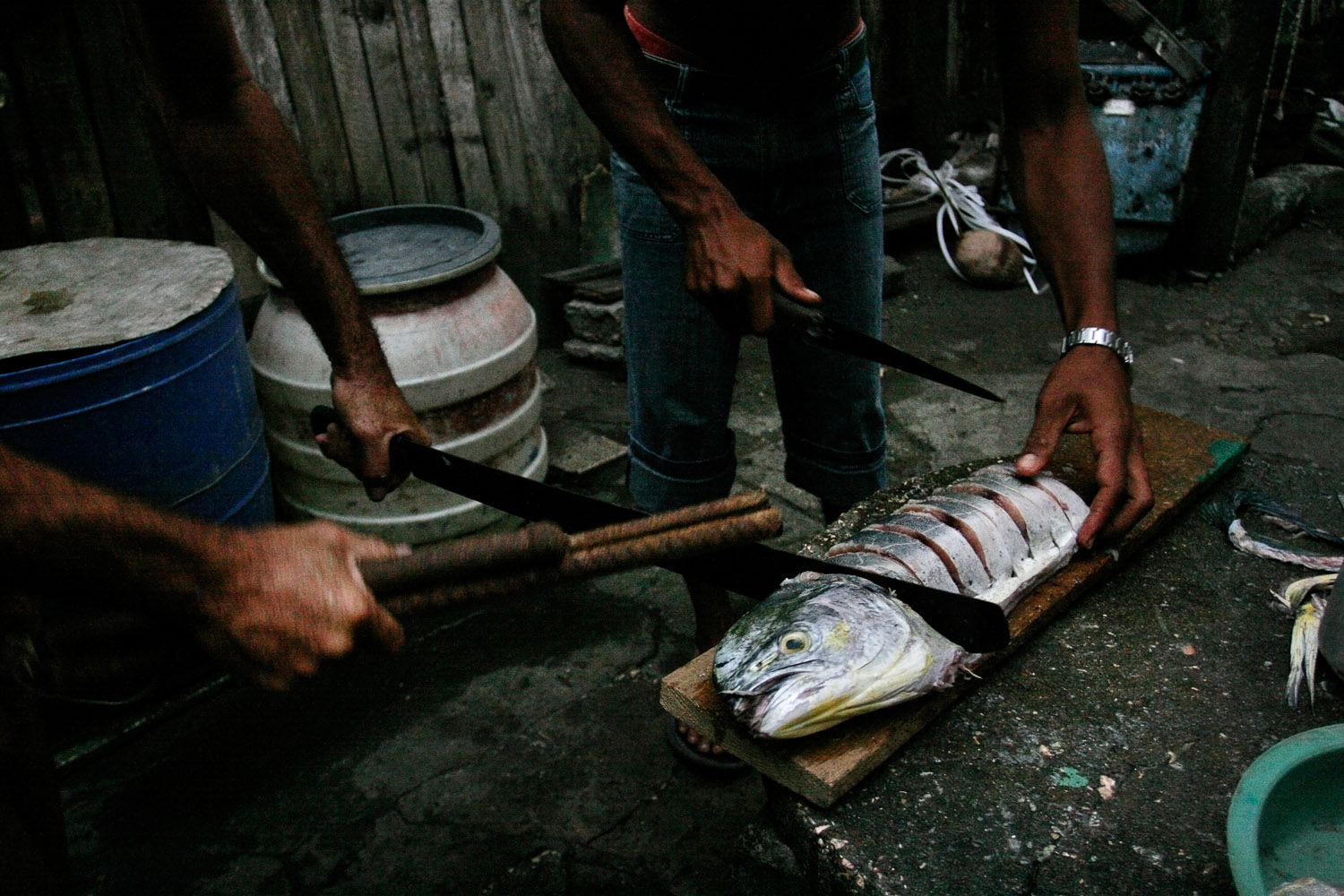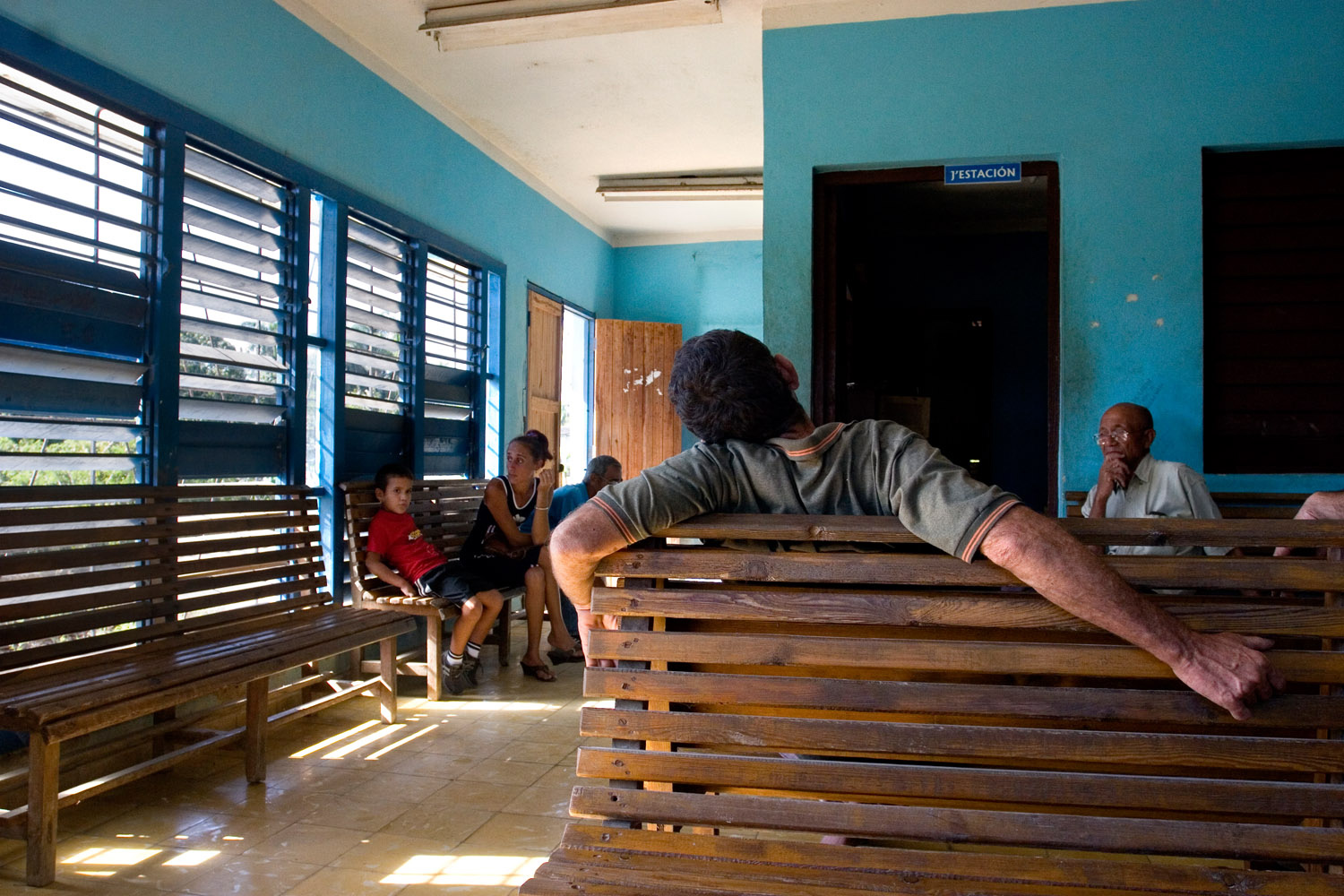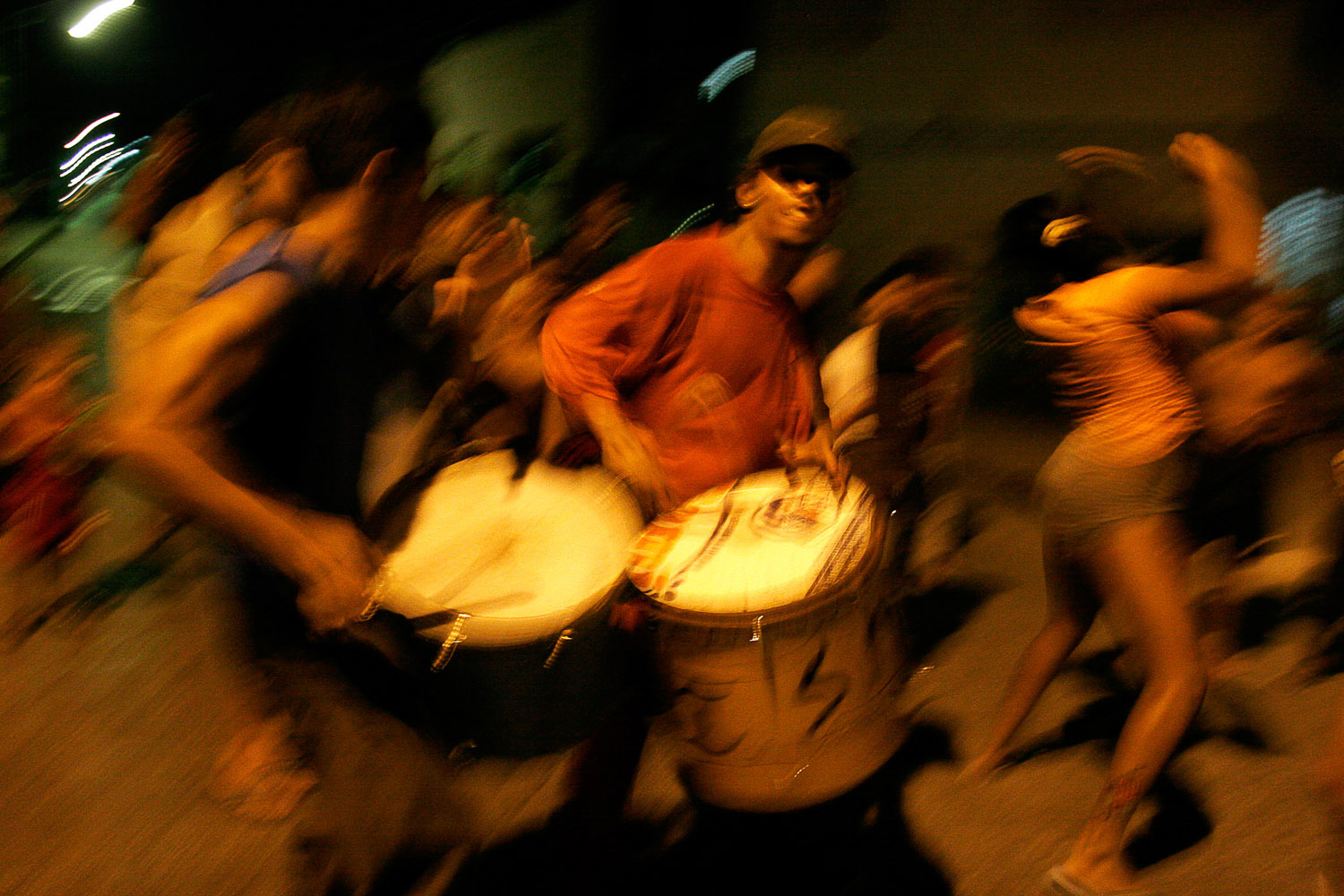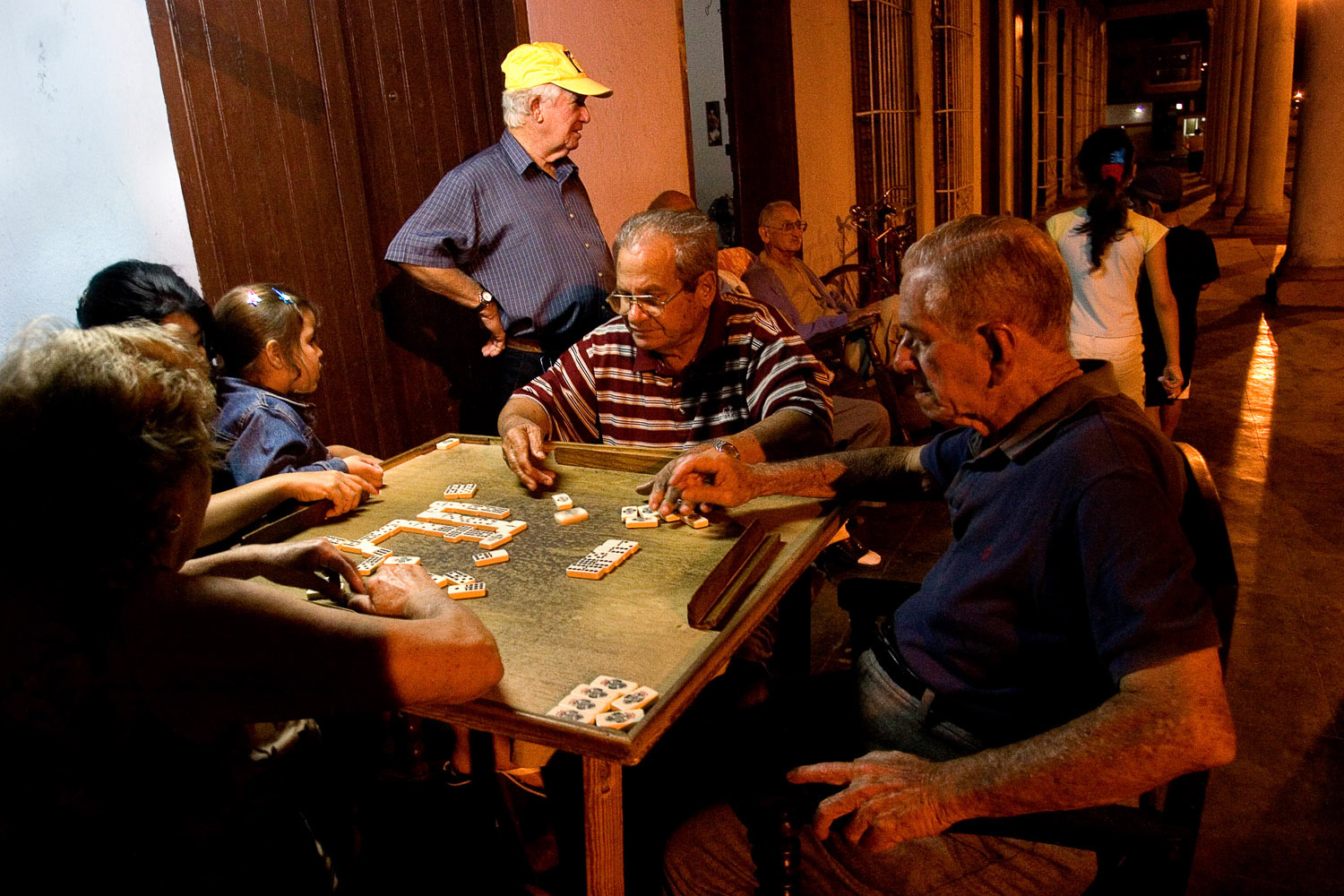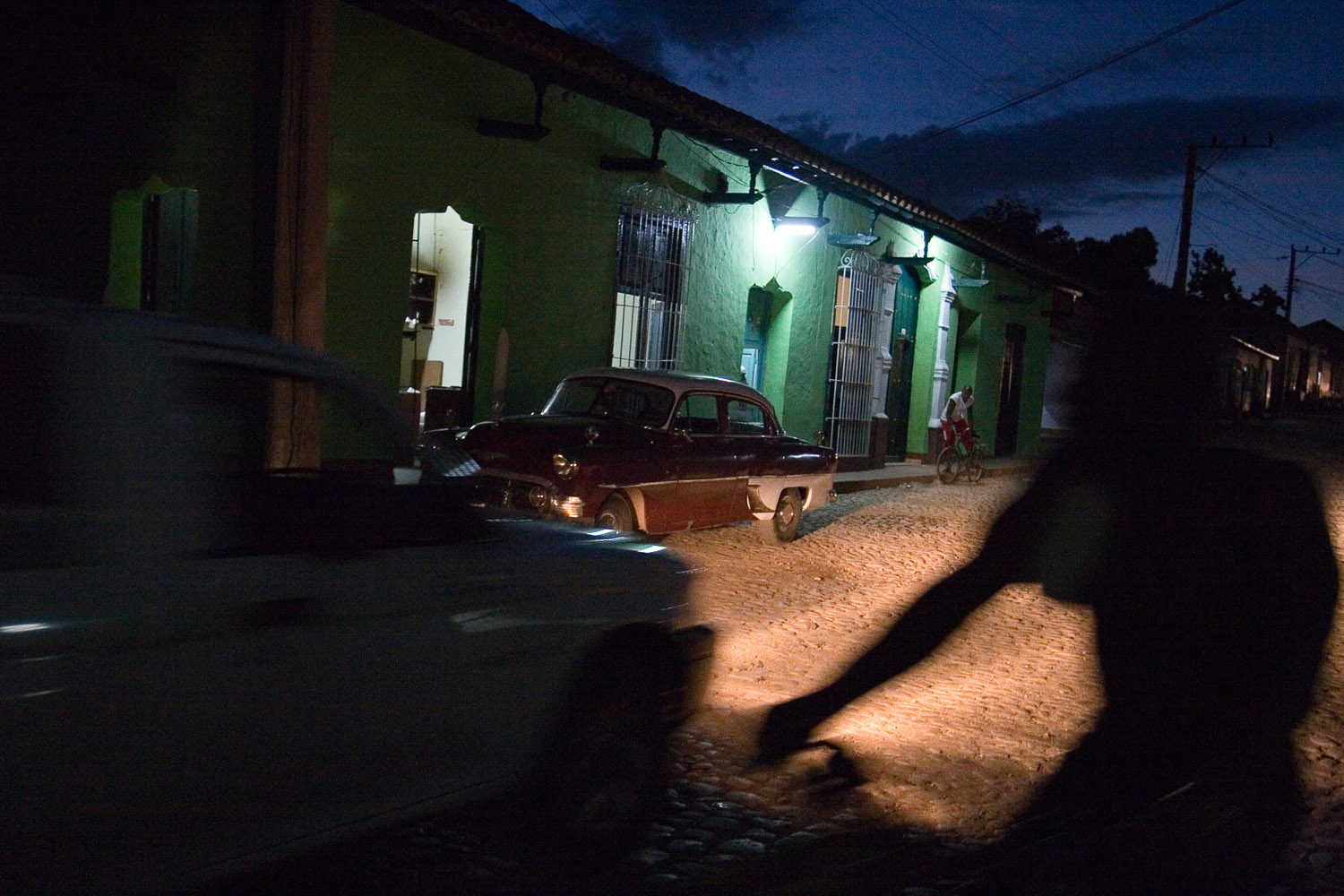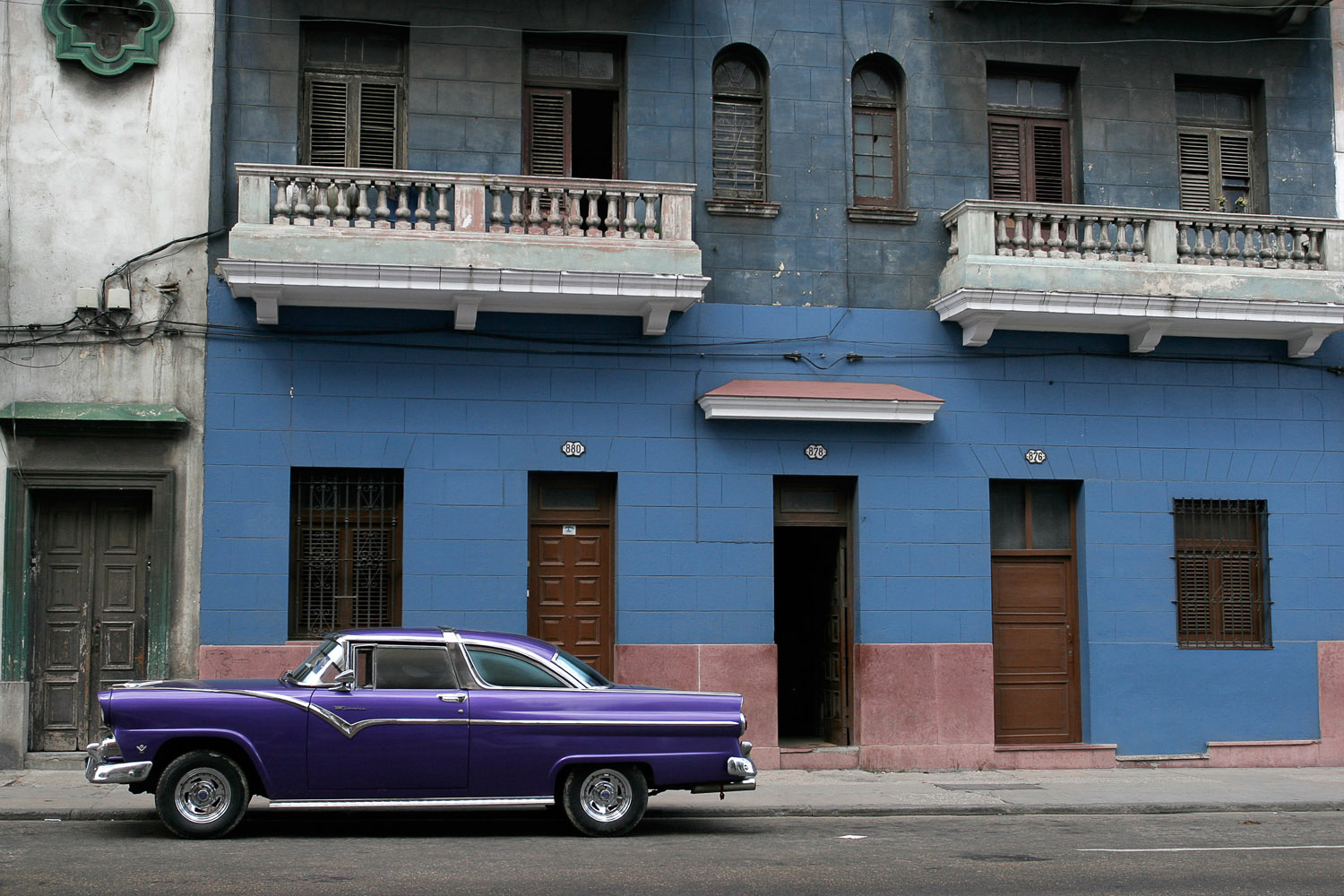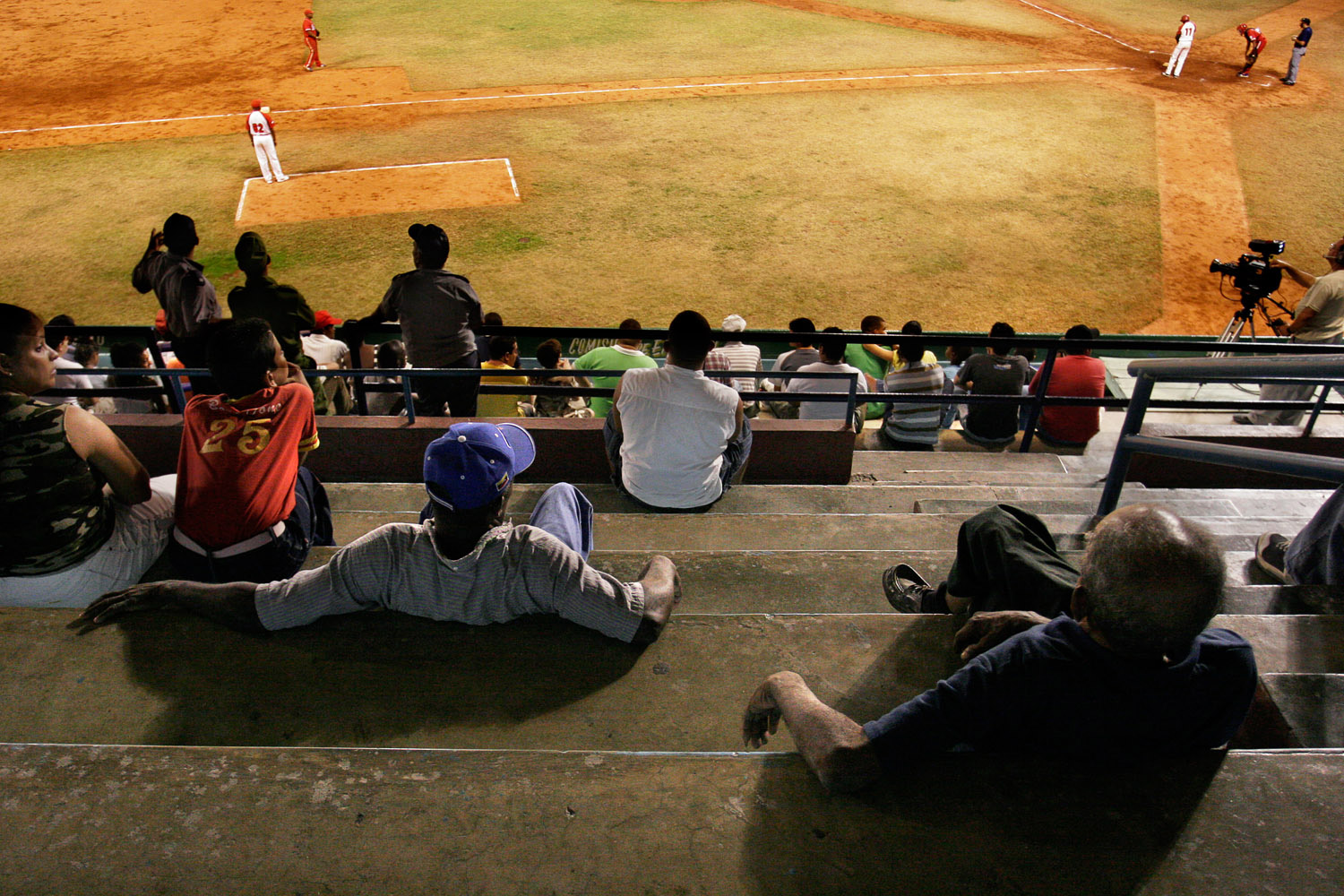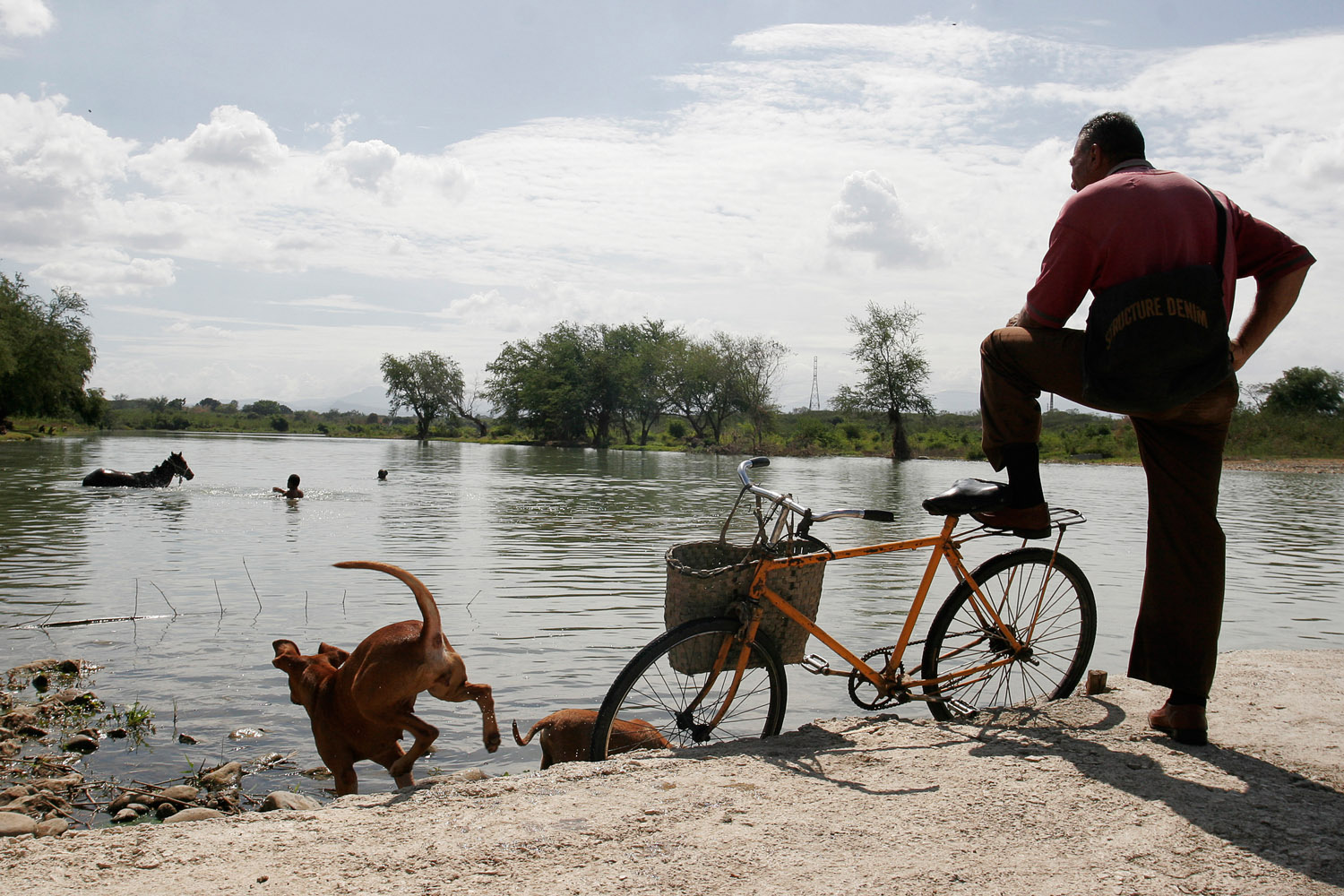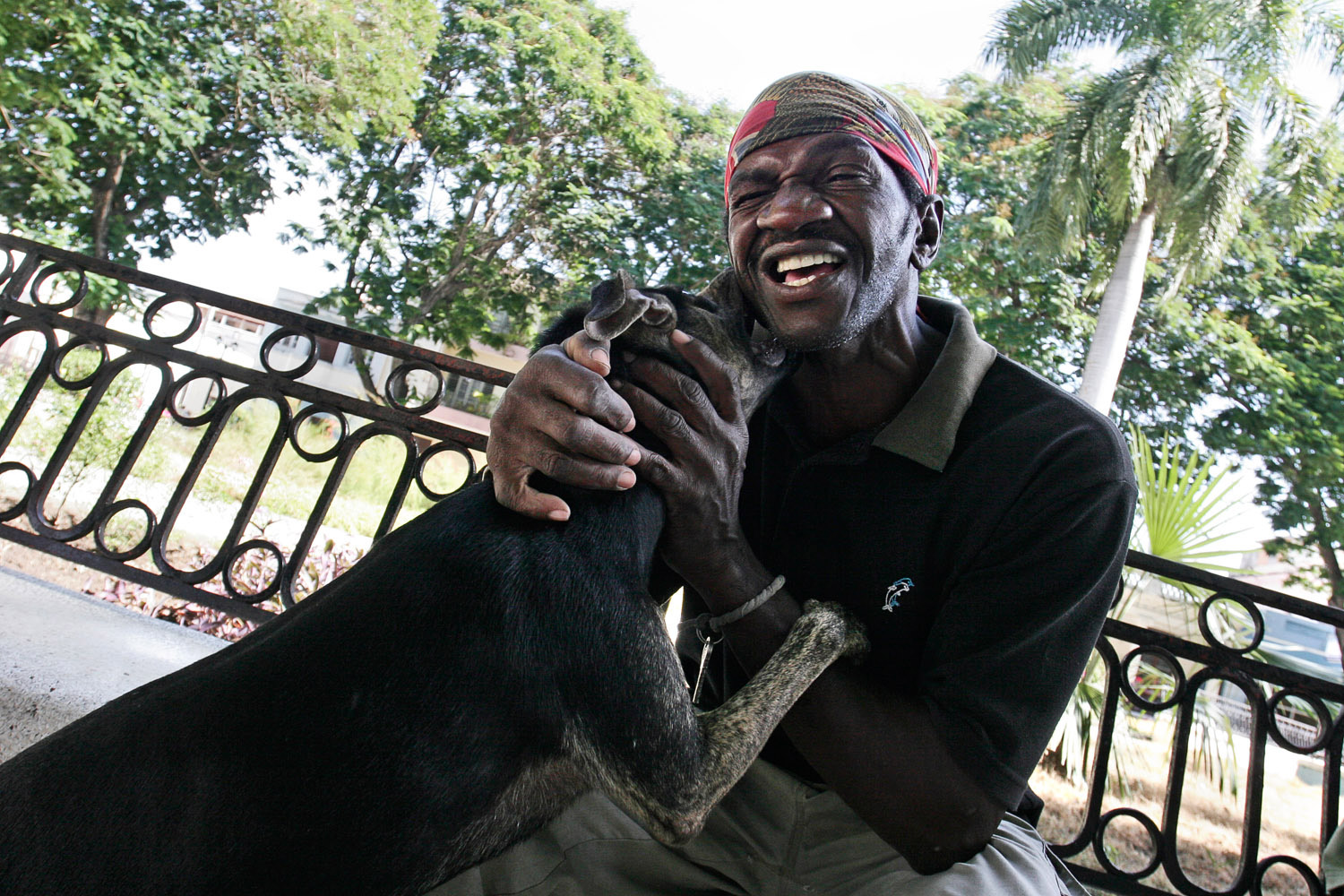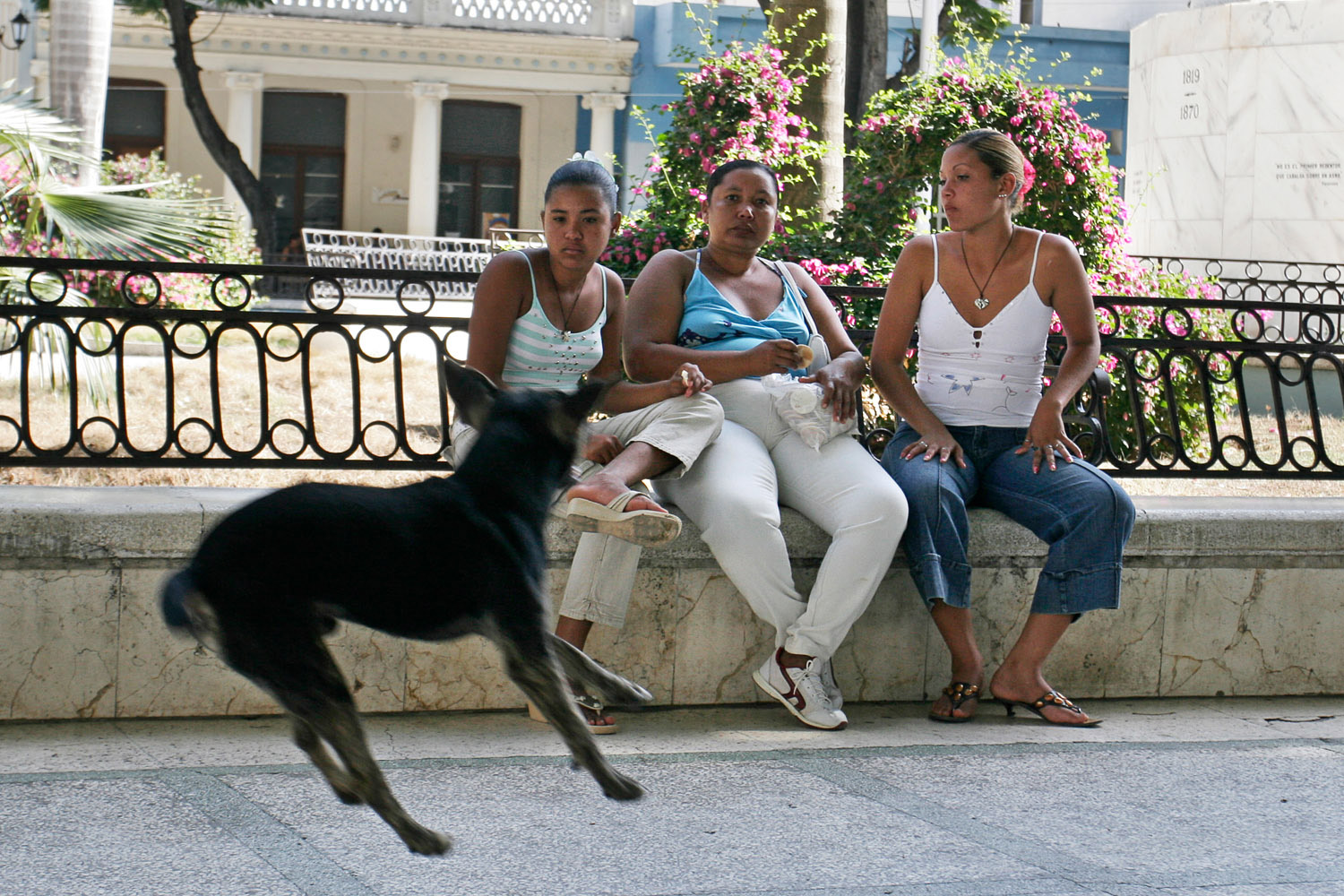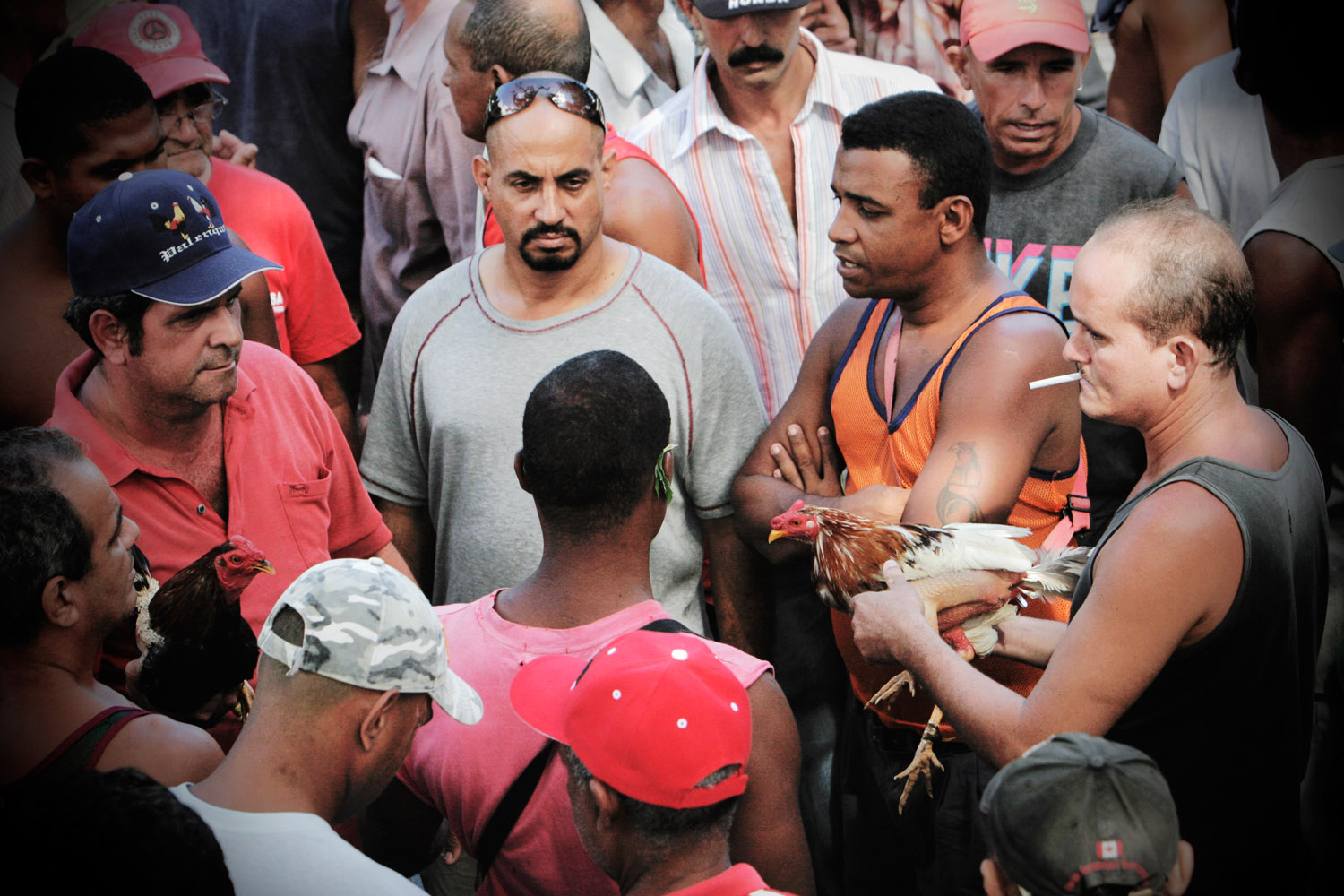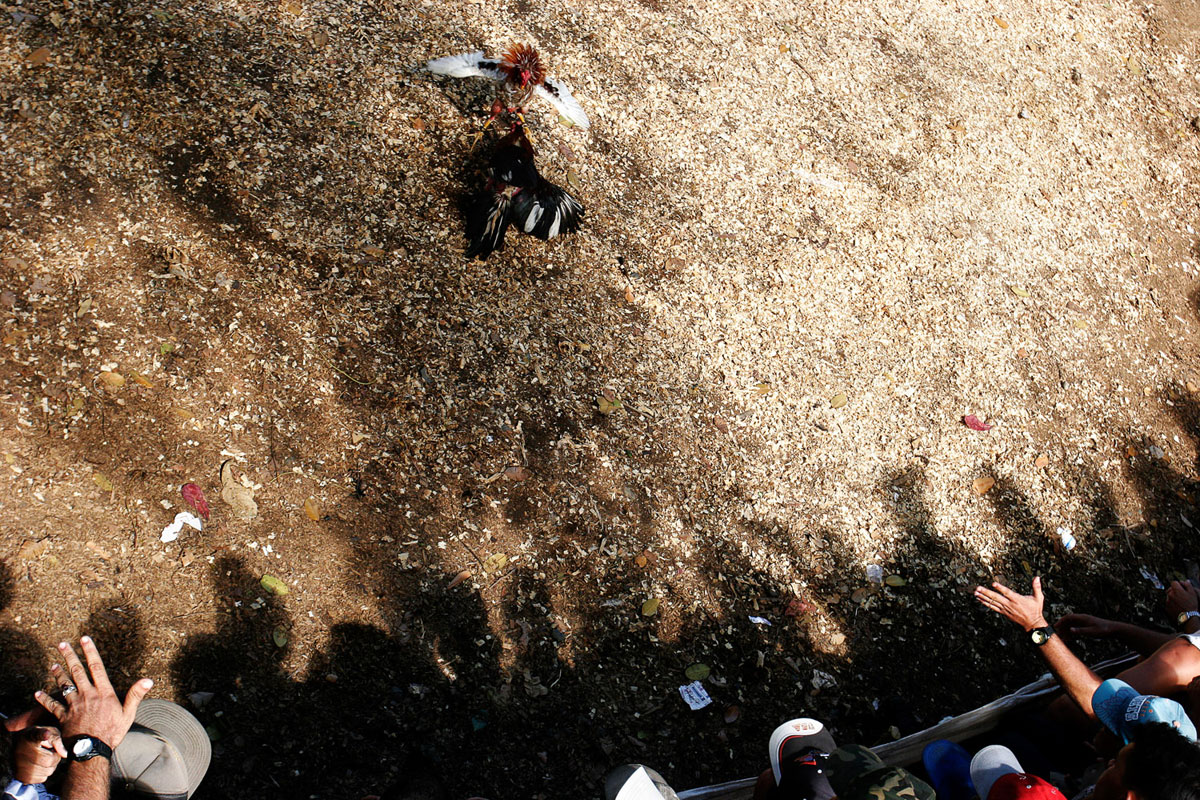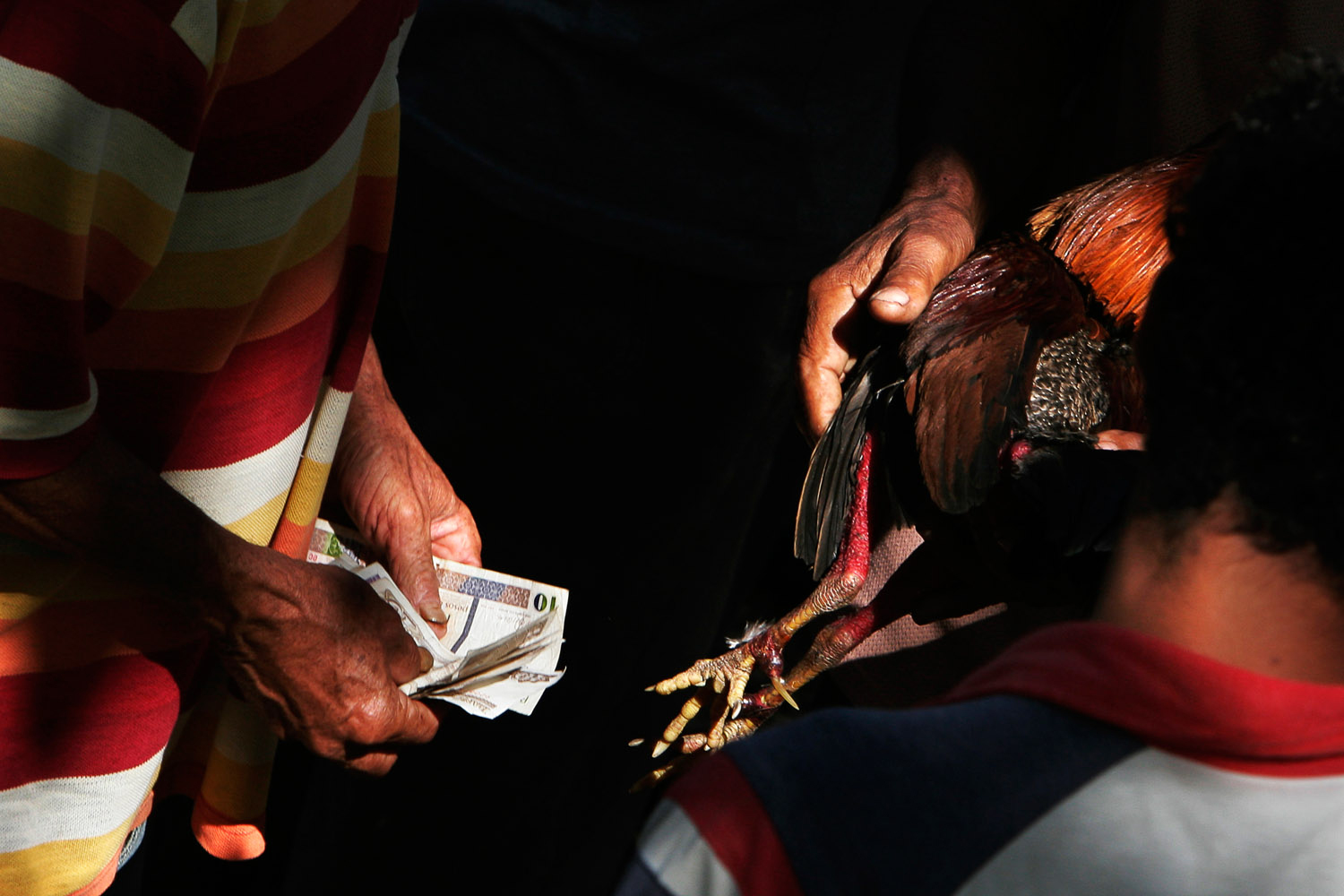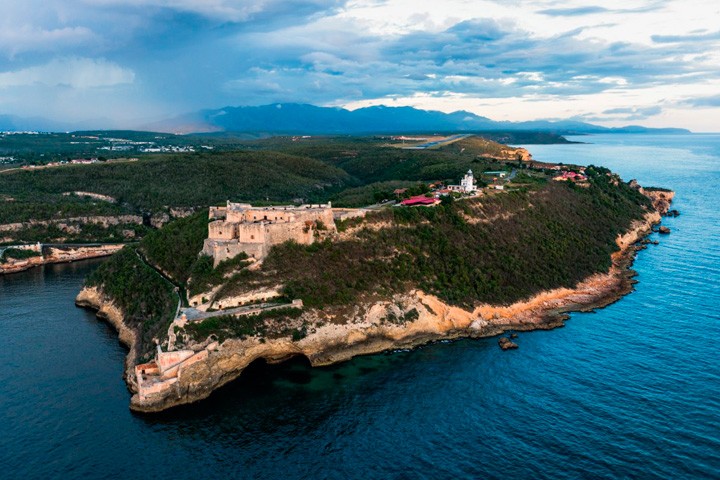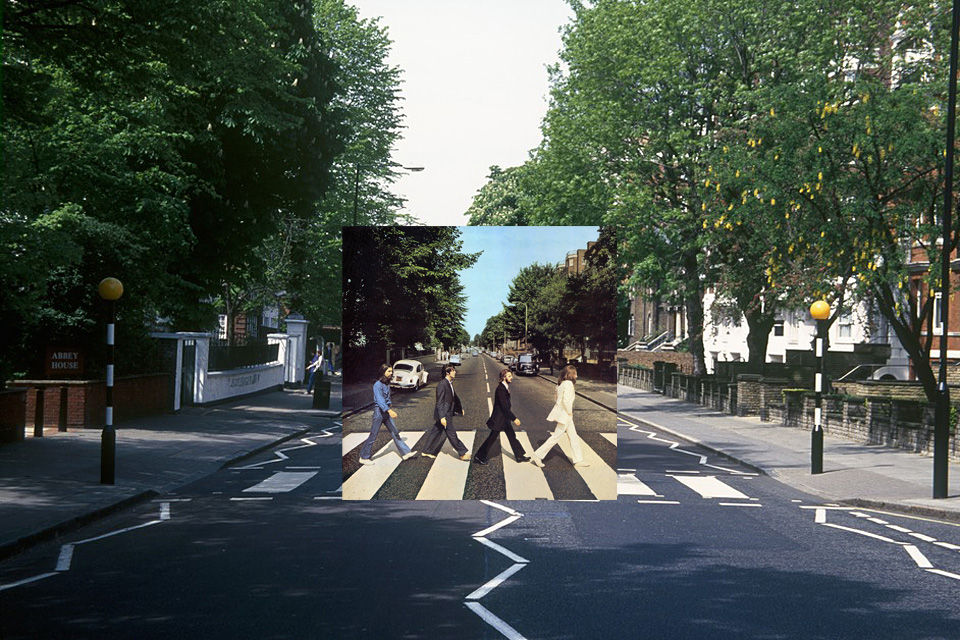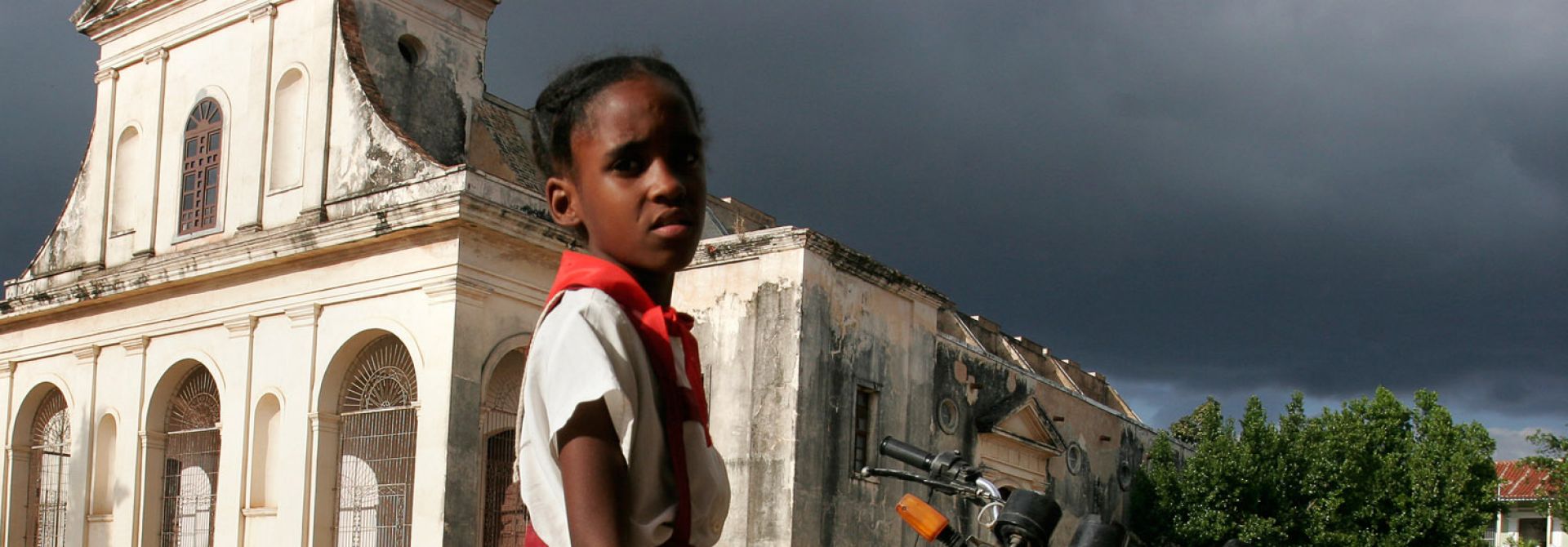
Farewell to Cuba: The Socialist Preserve Is Closing
In January 1961, several weeks before the end of his term and seven months before the 44th American president Barack Obama was born, the 34th president Dwight Eisenhower severed diplomatic relations between the US and Cuba.
Now, during the last year of his presidential term, Barack Obama is making an enormous effort to restore the connection between the two countries. In March 2016, he visited Havana: this is the first visit by an acting US President to the island since 1928, when Calvin Coolidge stepped off board the USS Texas battleship.
The events that unfolded between the two visits include the Cuban Revolution, Fidel Castro’s rise to power, his strategic alliance with the USSR, the attempted American invasion in the Bay of Pigs, the placing of Soviet nuclear missiles in Cuba, the Caribbean Crisis, as well as an endless series of spy scandals and terror attacks.
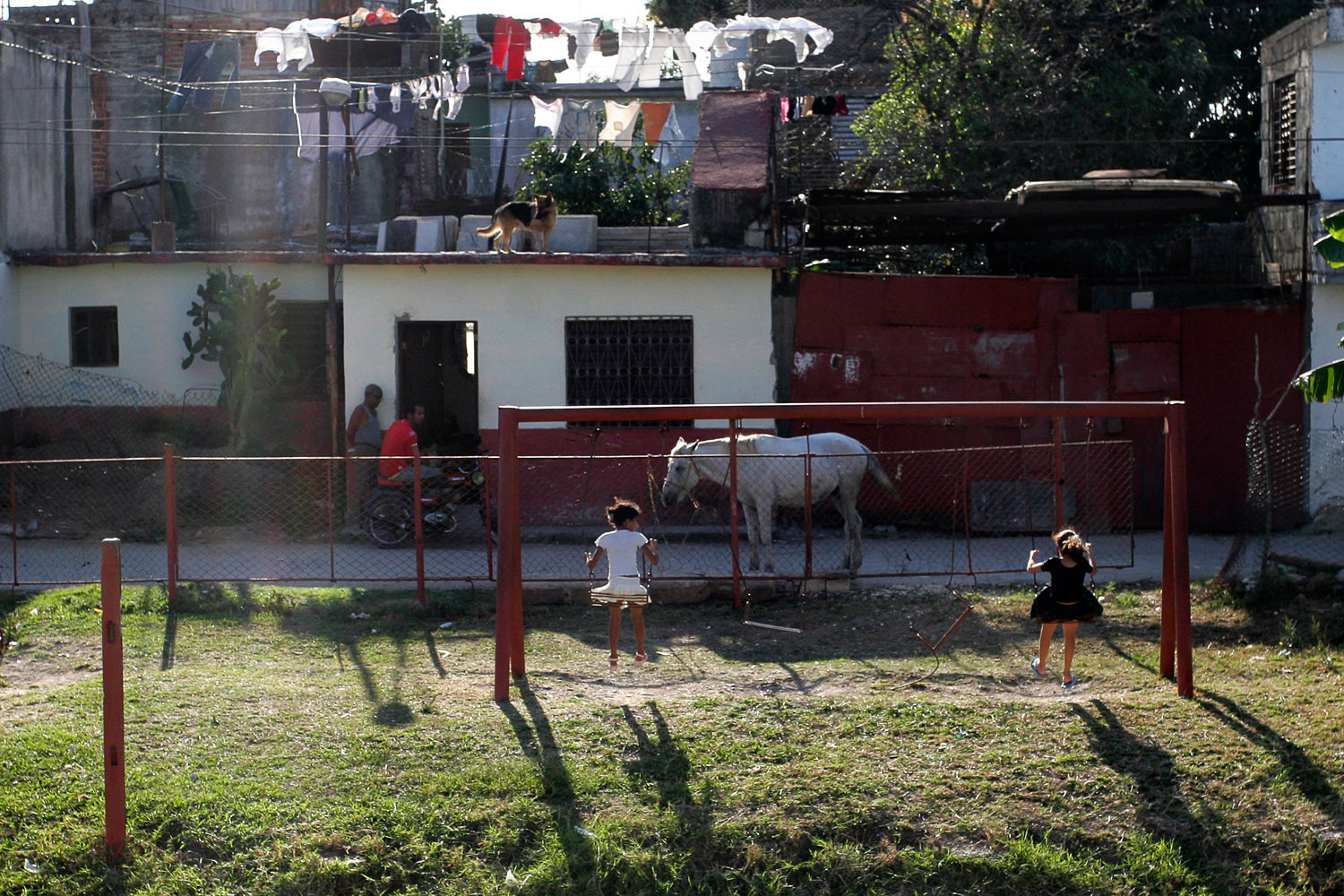
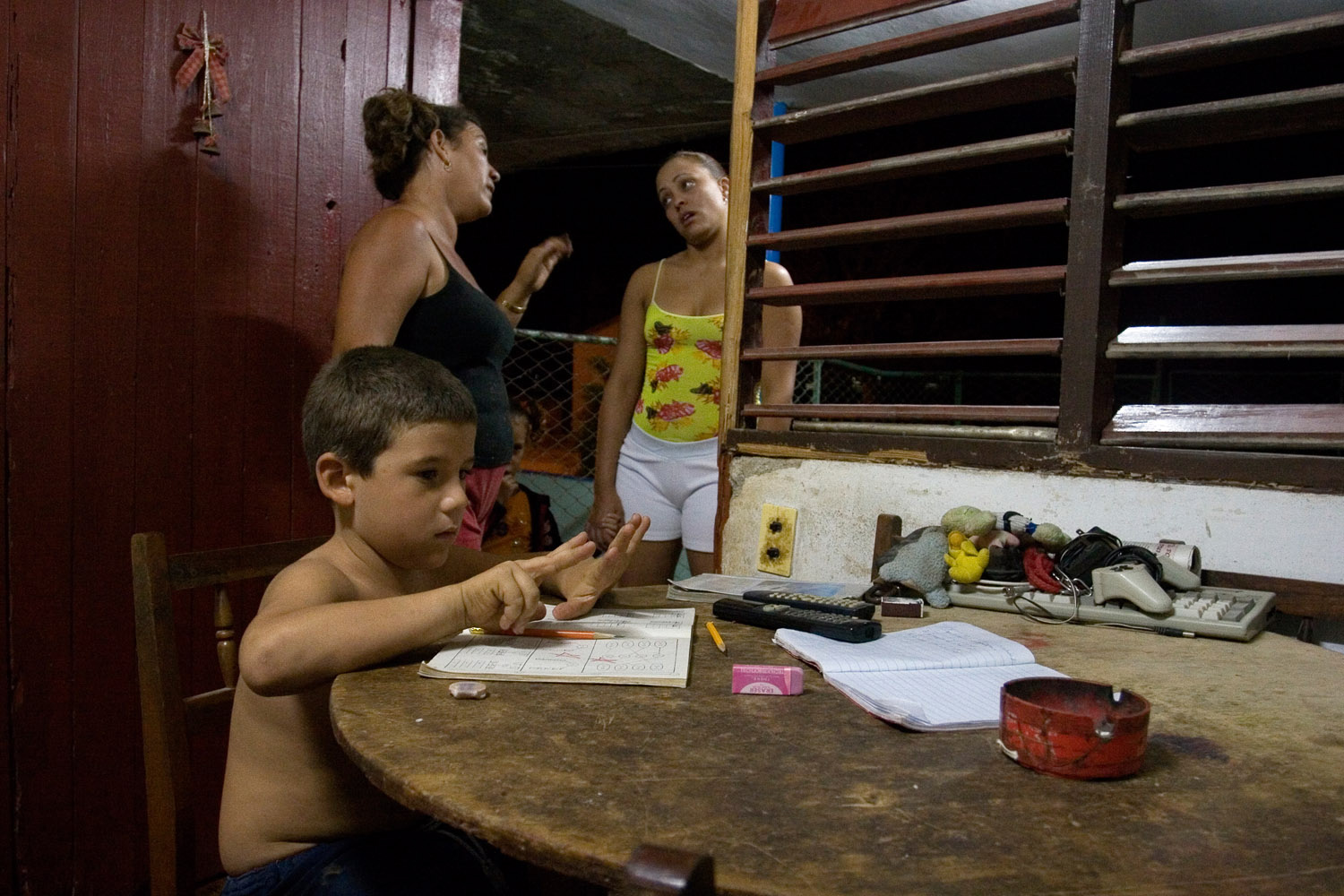
The tension between the countries has been so great that even the collapse of the Soviet Union and the entire Communist bloc did not lead to the restoration of their relations. It was not before 2015, when after 18-month-long secret negotiations, the countries exchanged diplomatic missions again.
The next thing on the agenda is the lifting of the US trade embargo. In many ways, it is the embargo that is responsible for the conservation of economy of the island and the lifestyle of its citizens at the level of 1960s. If the economic ties between the countries are restored, we will not see Cuba again the way Maria Plotnikova saw it in 2008. The socialist preserve is closing.
